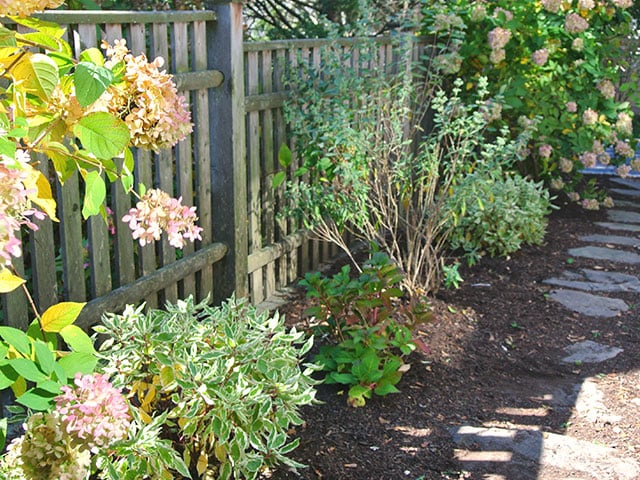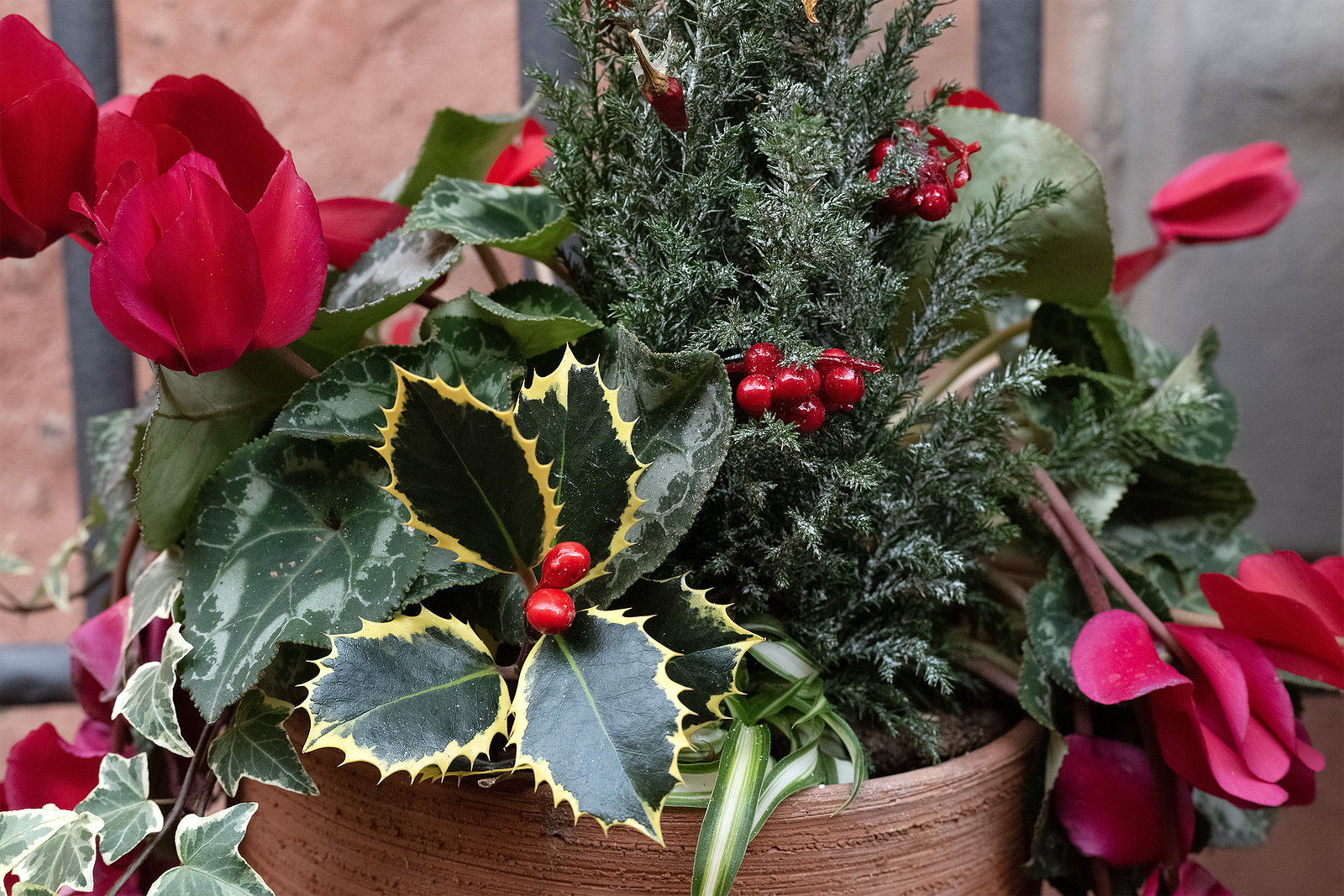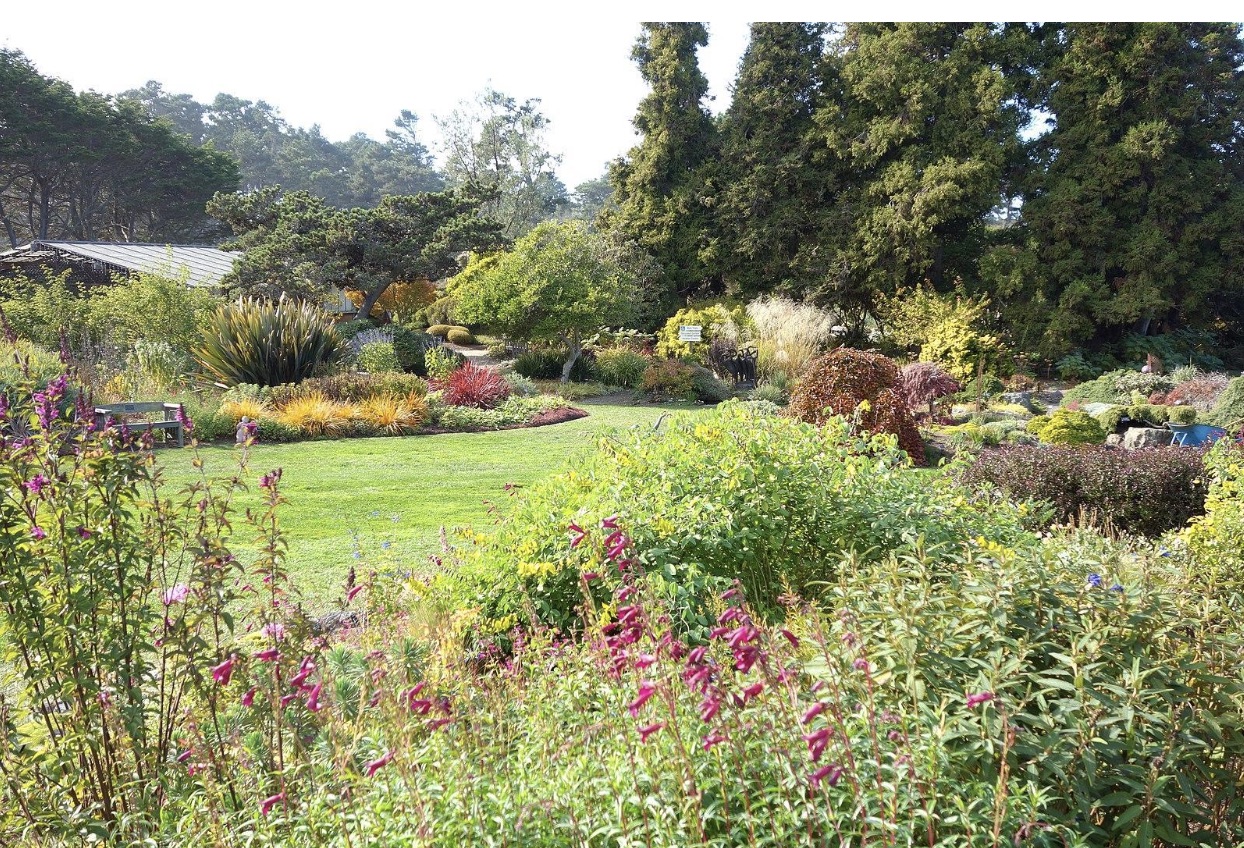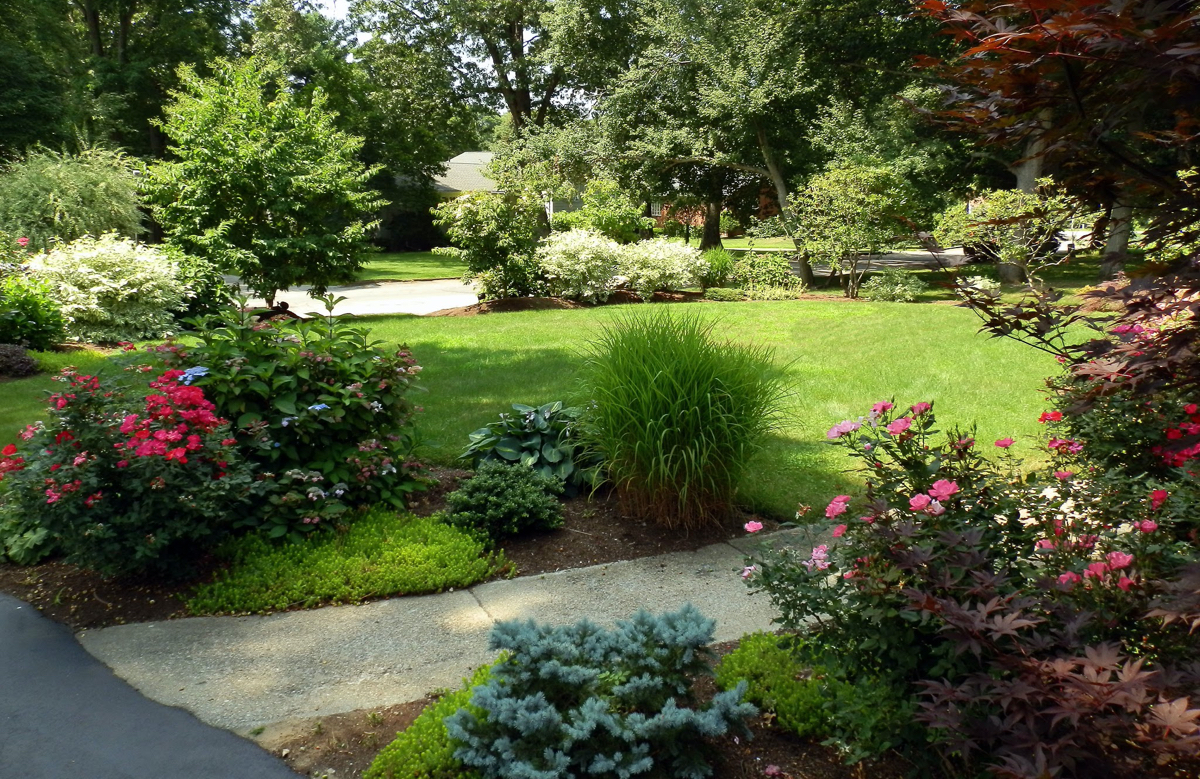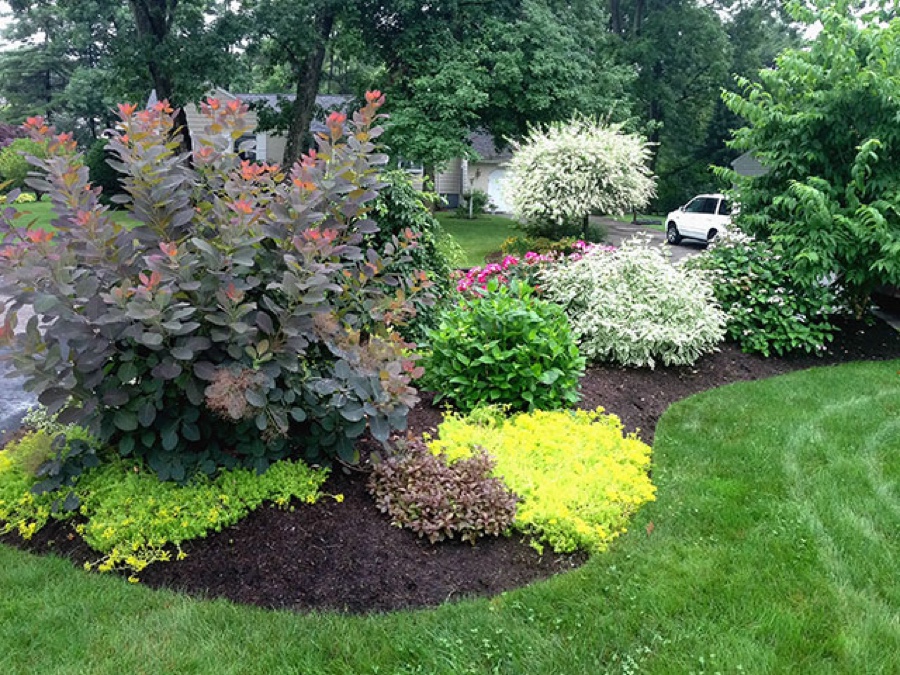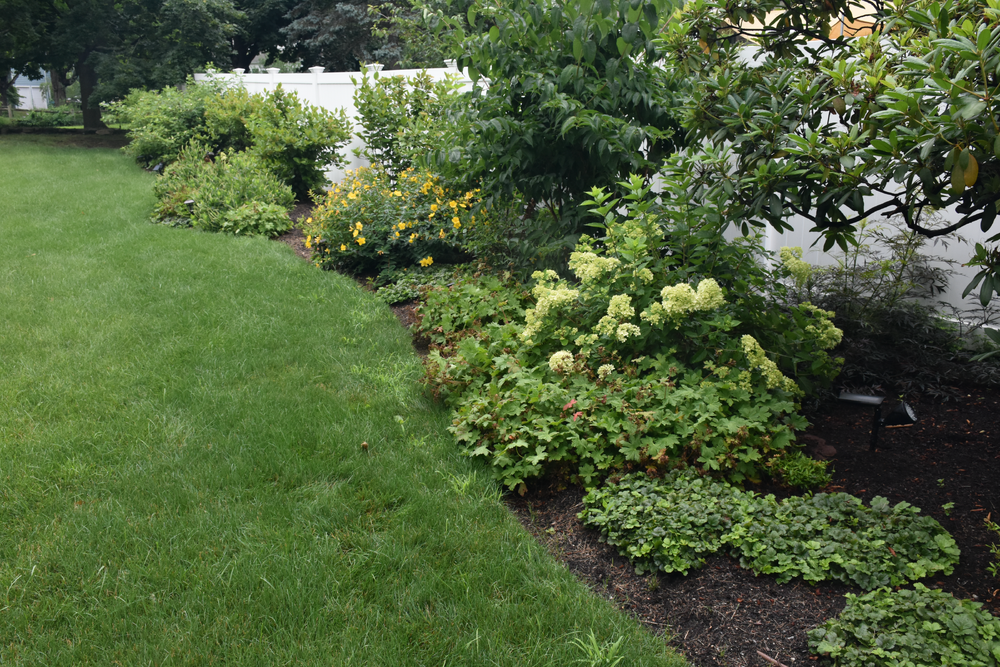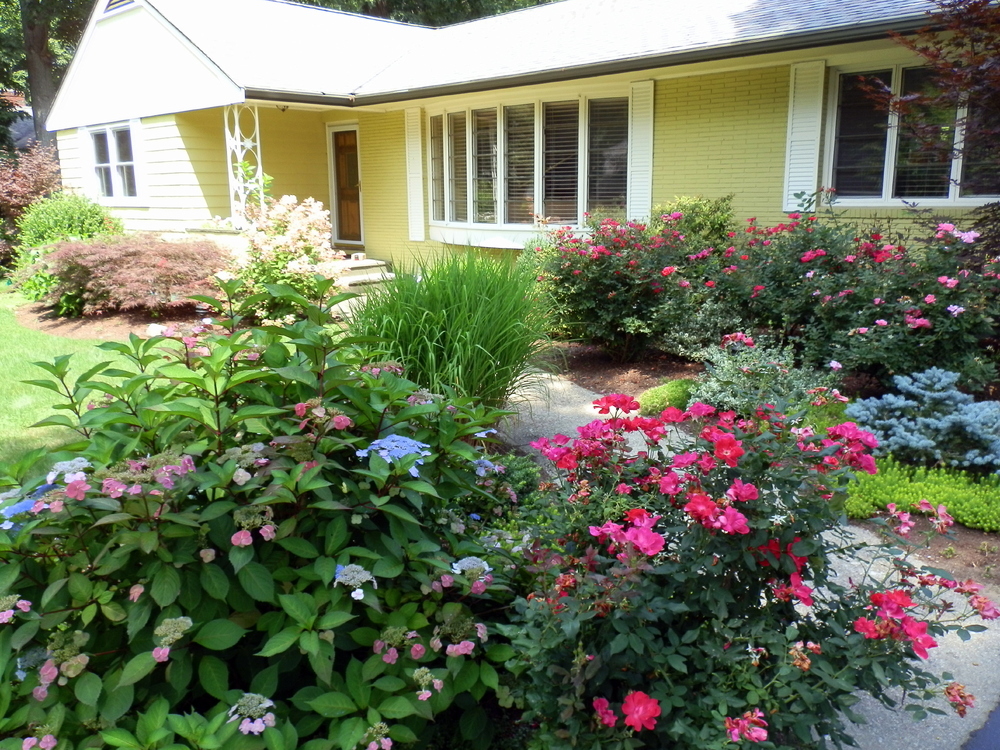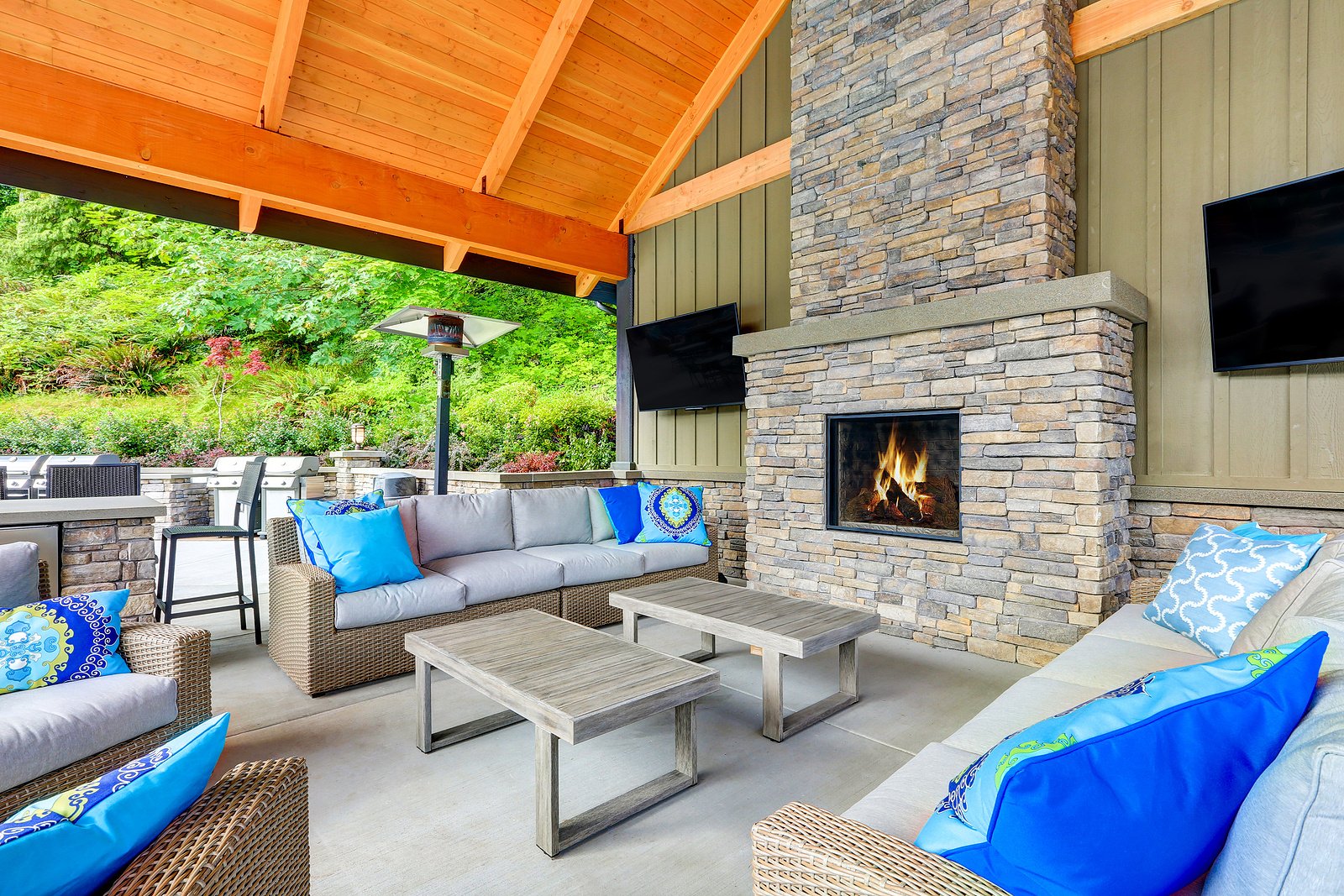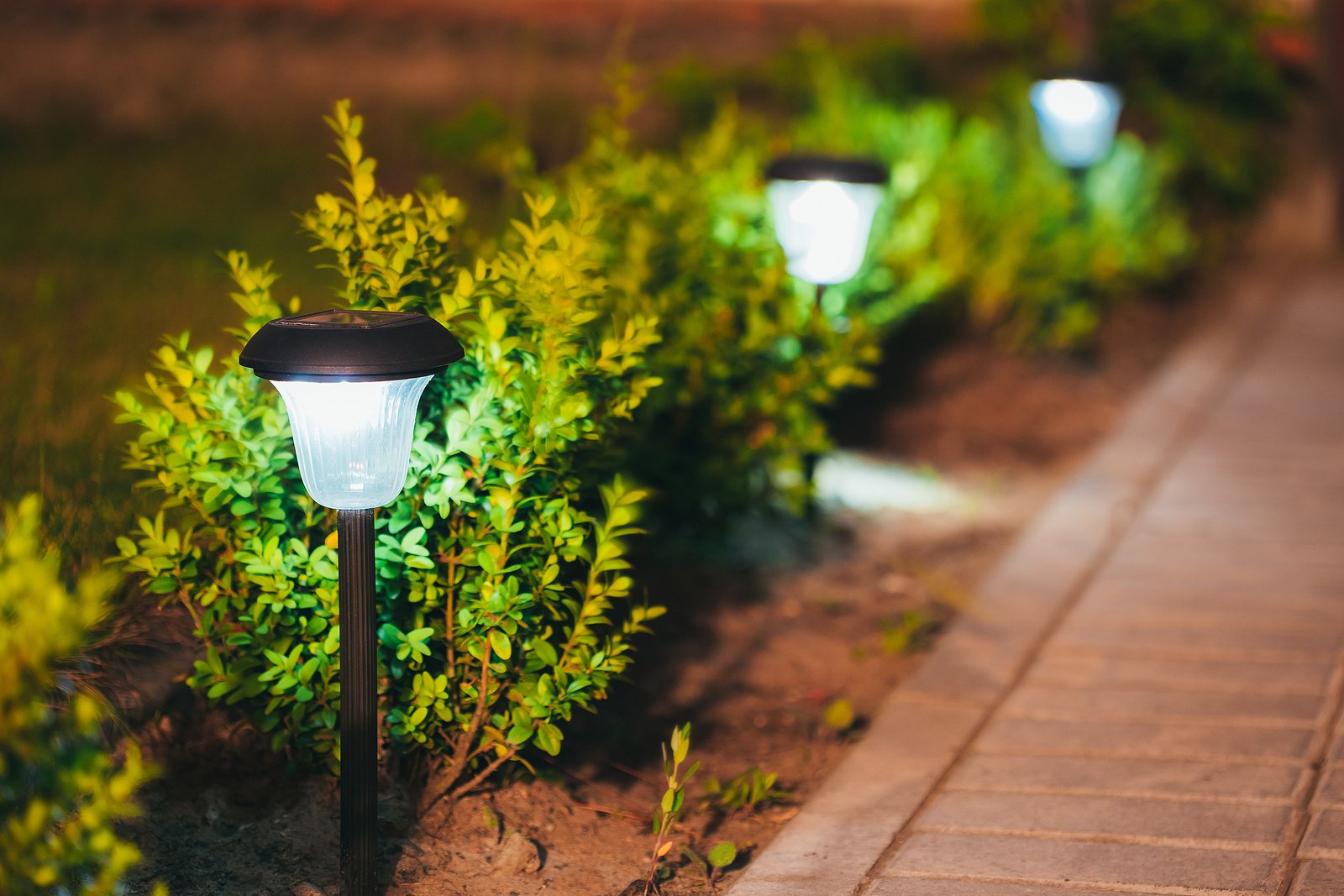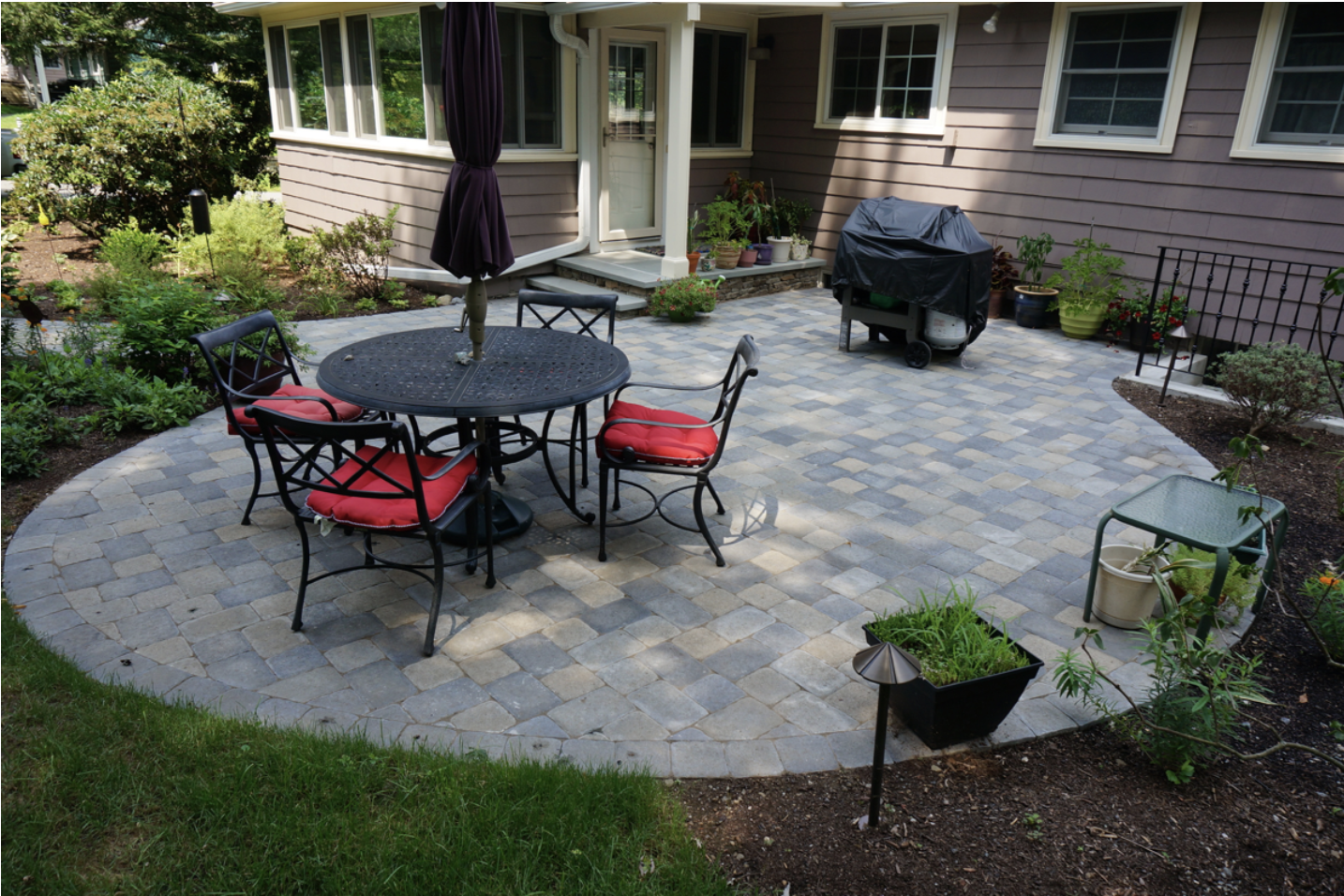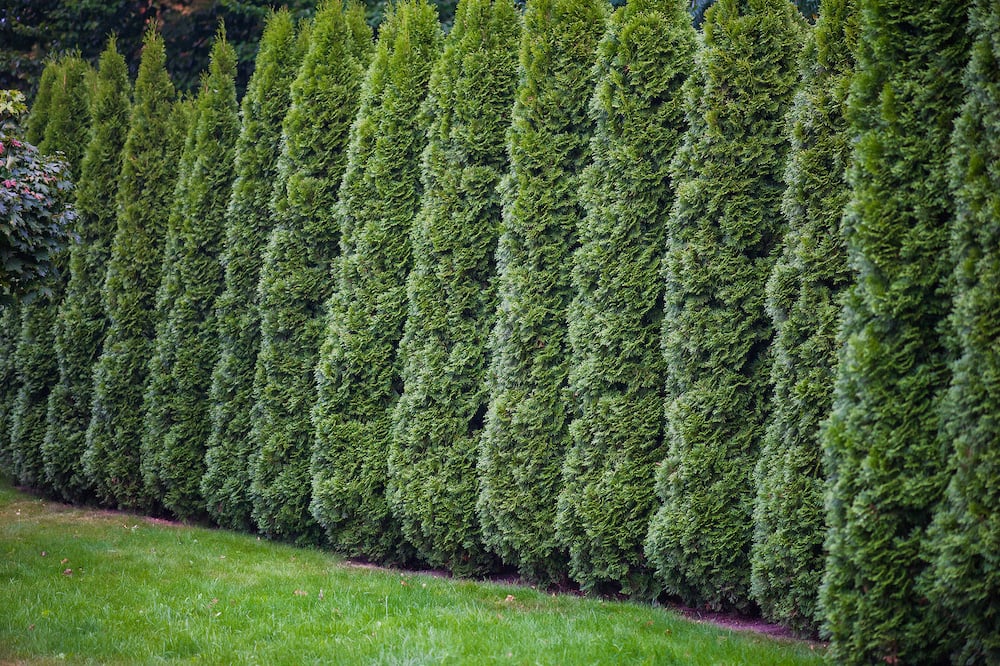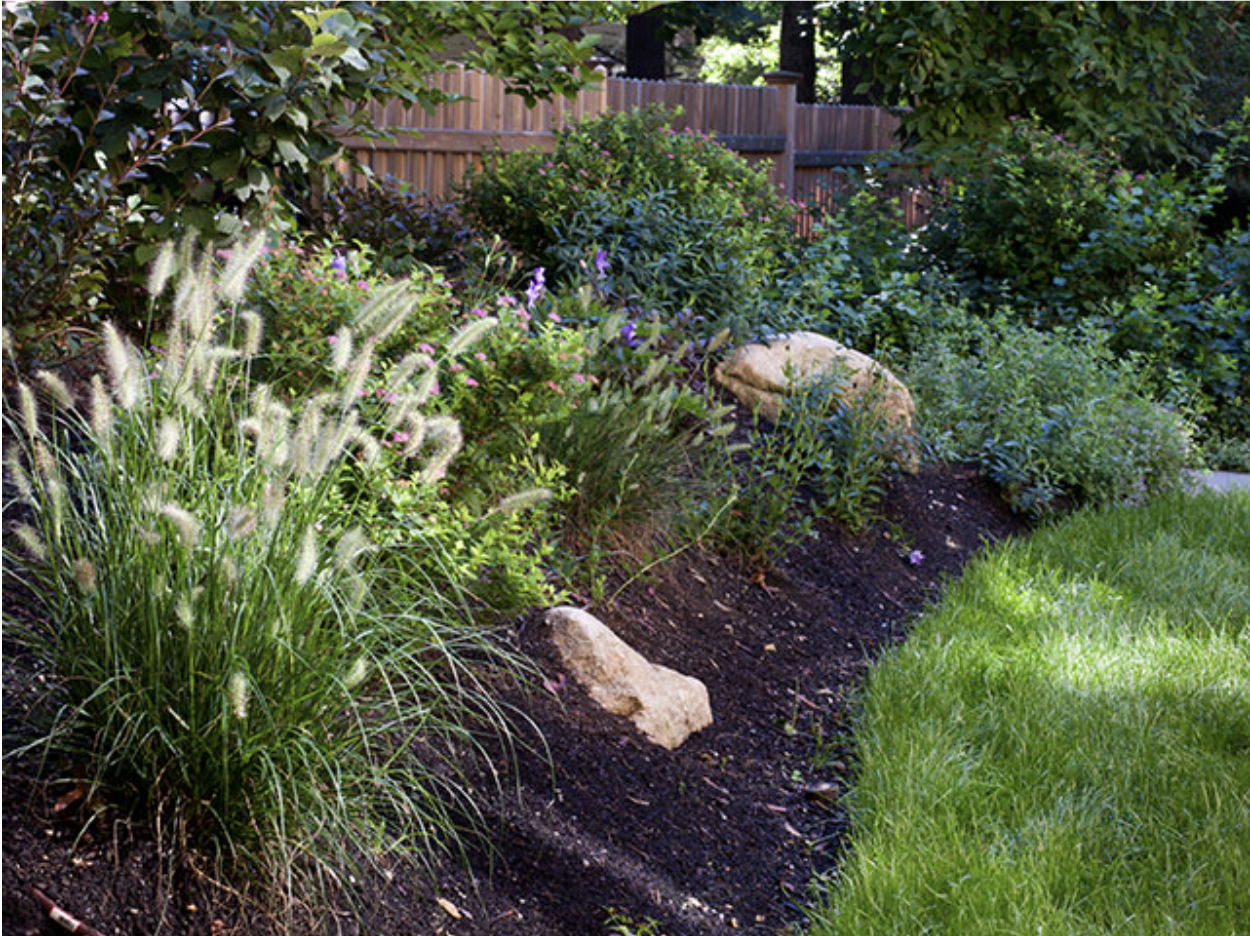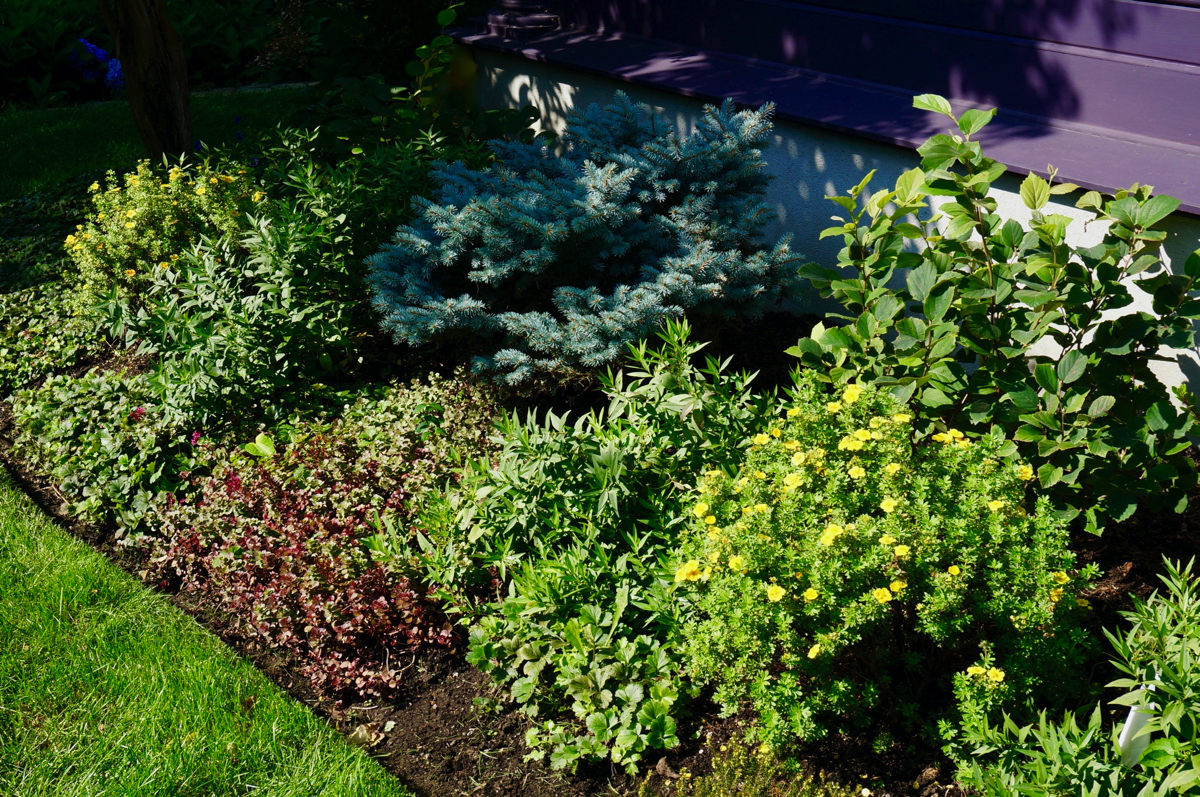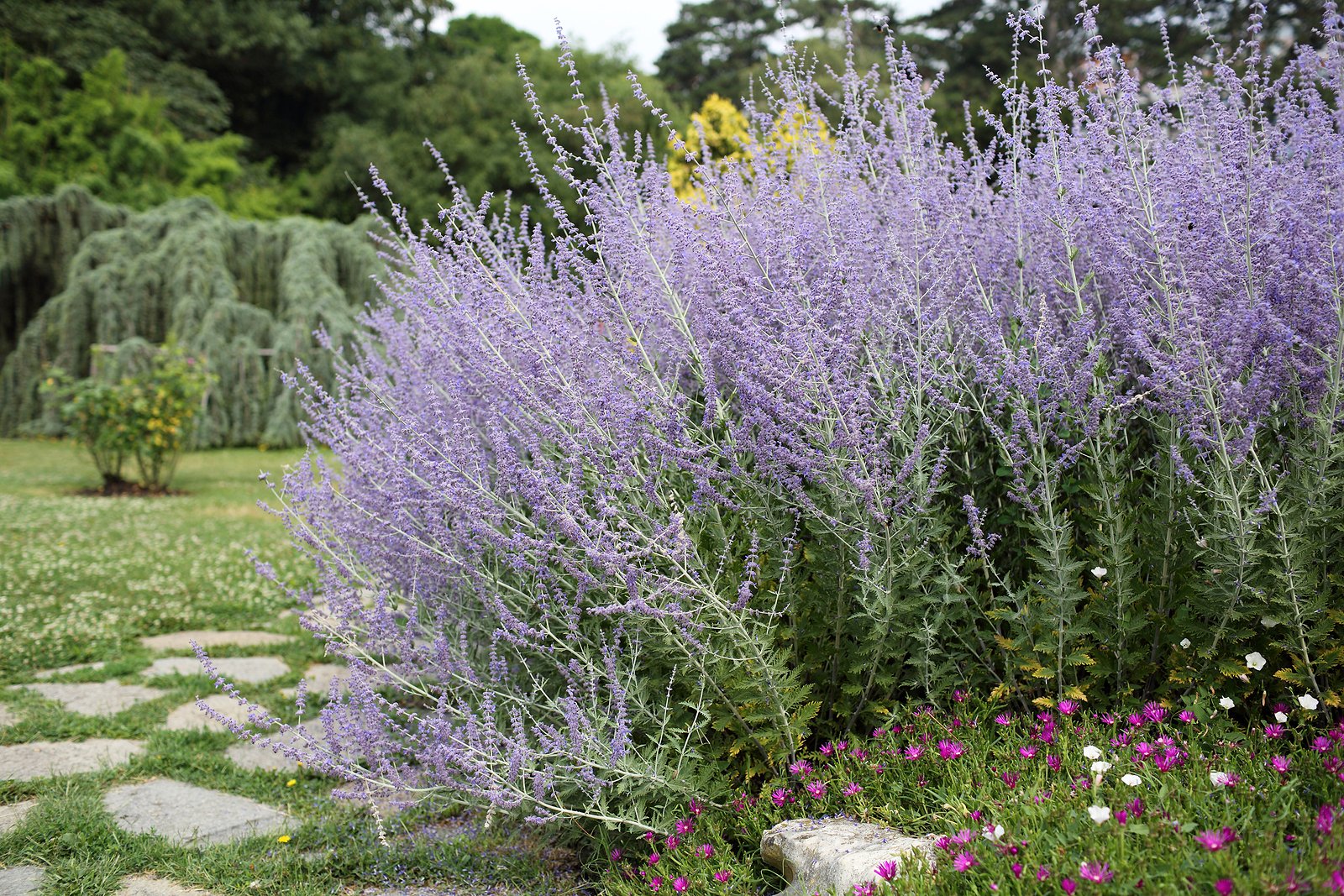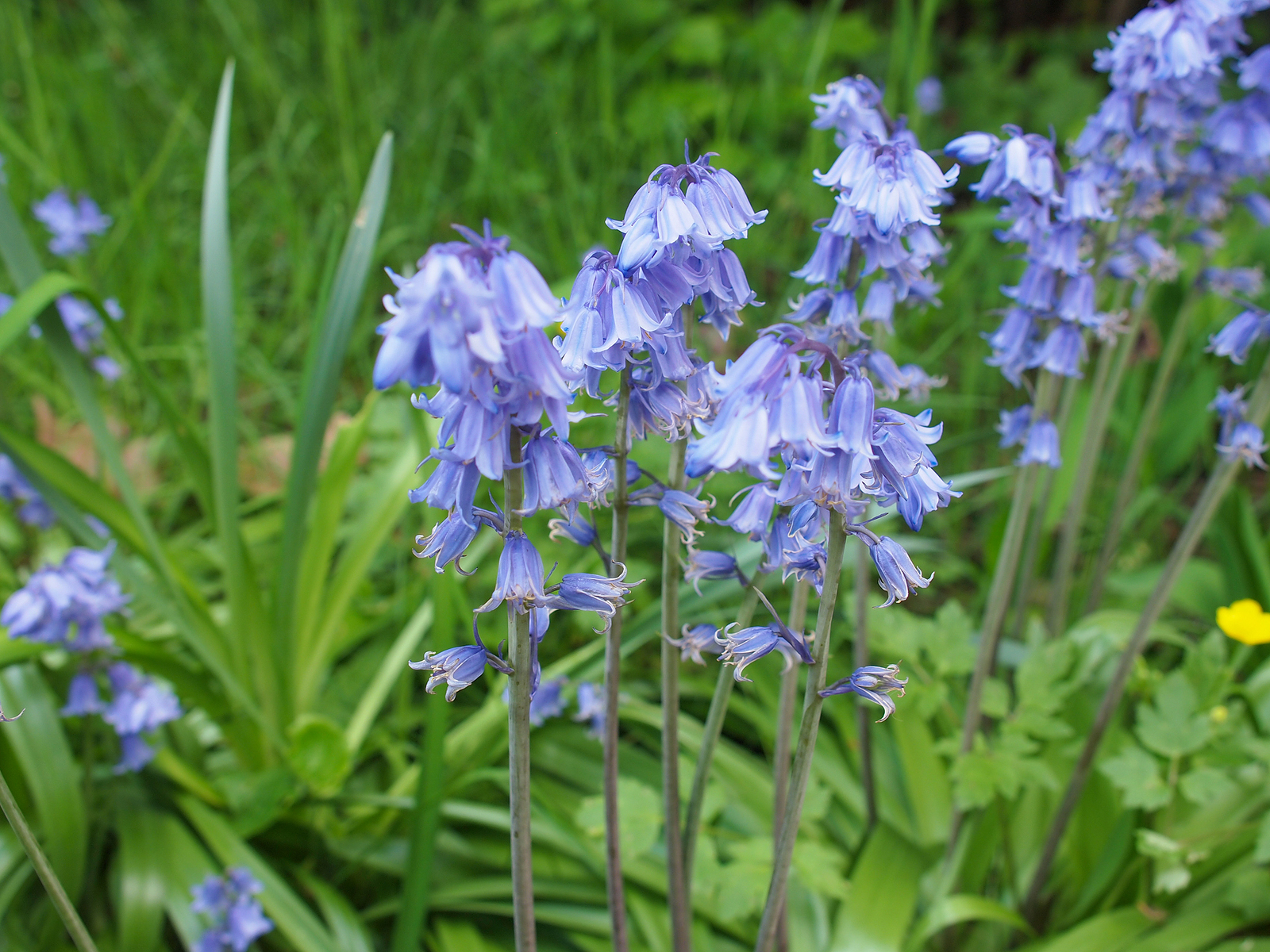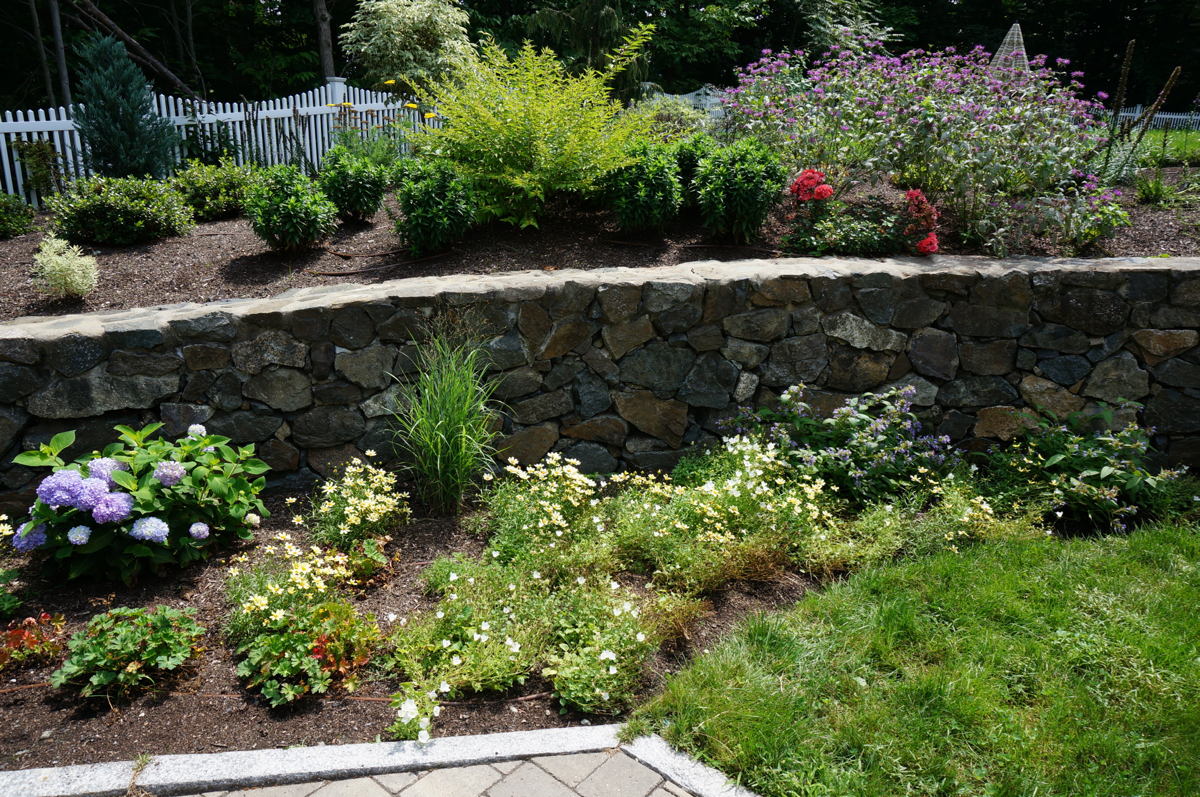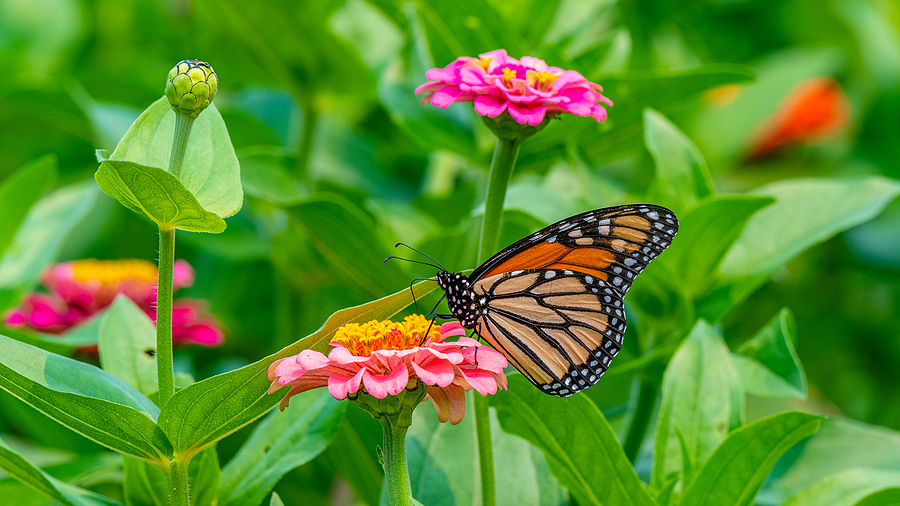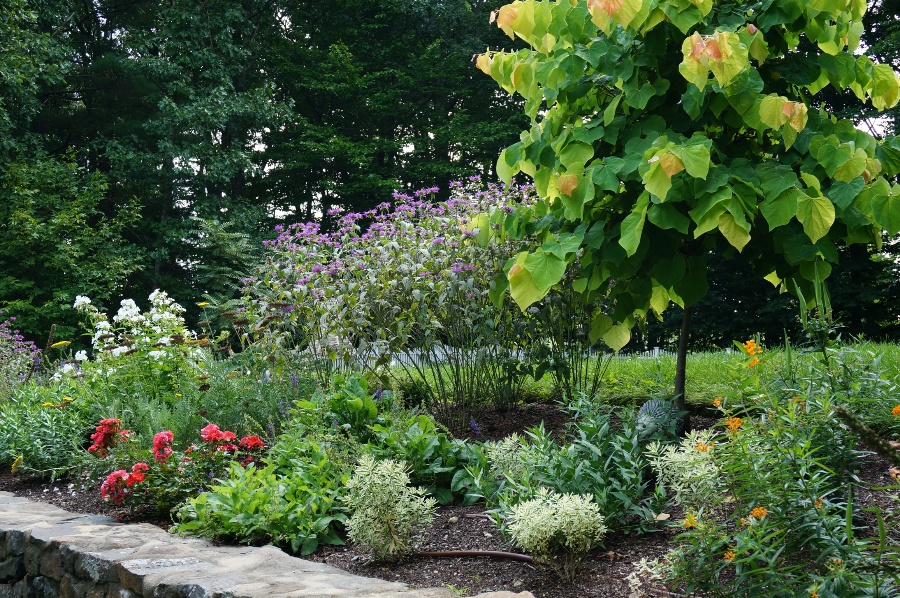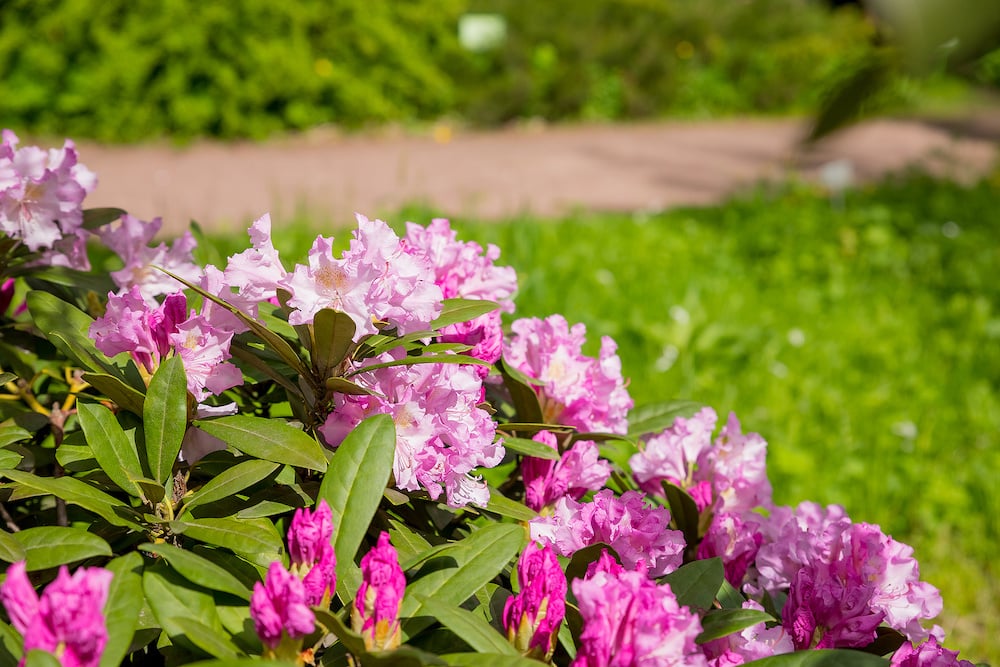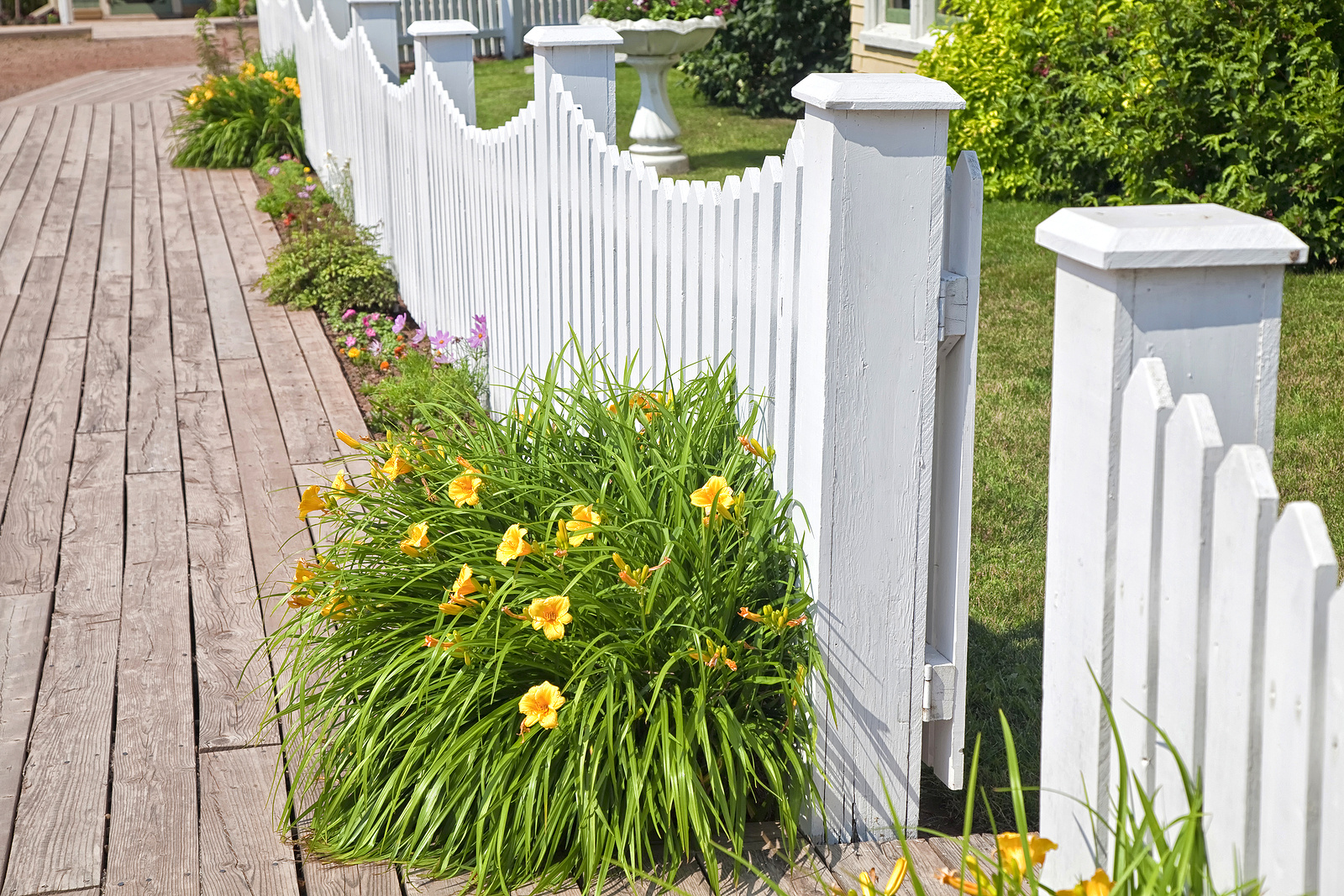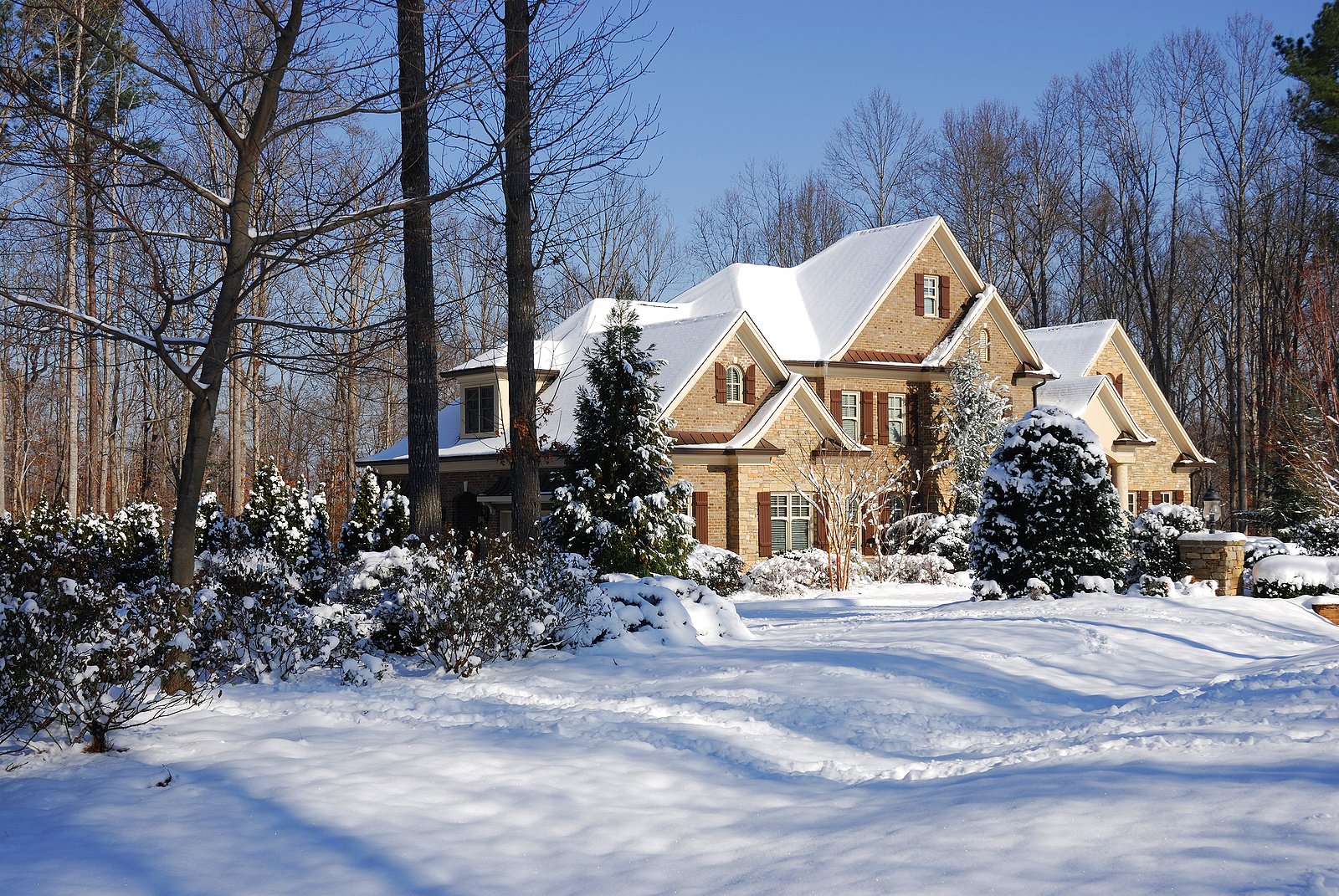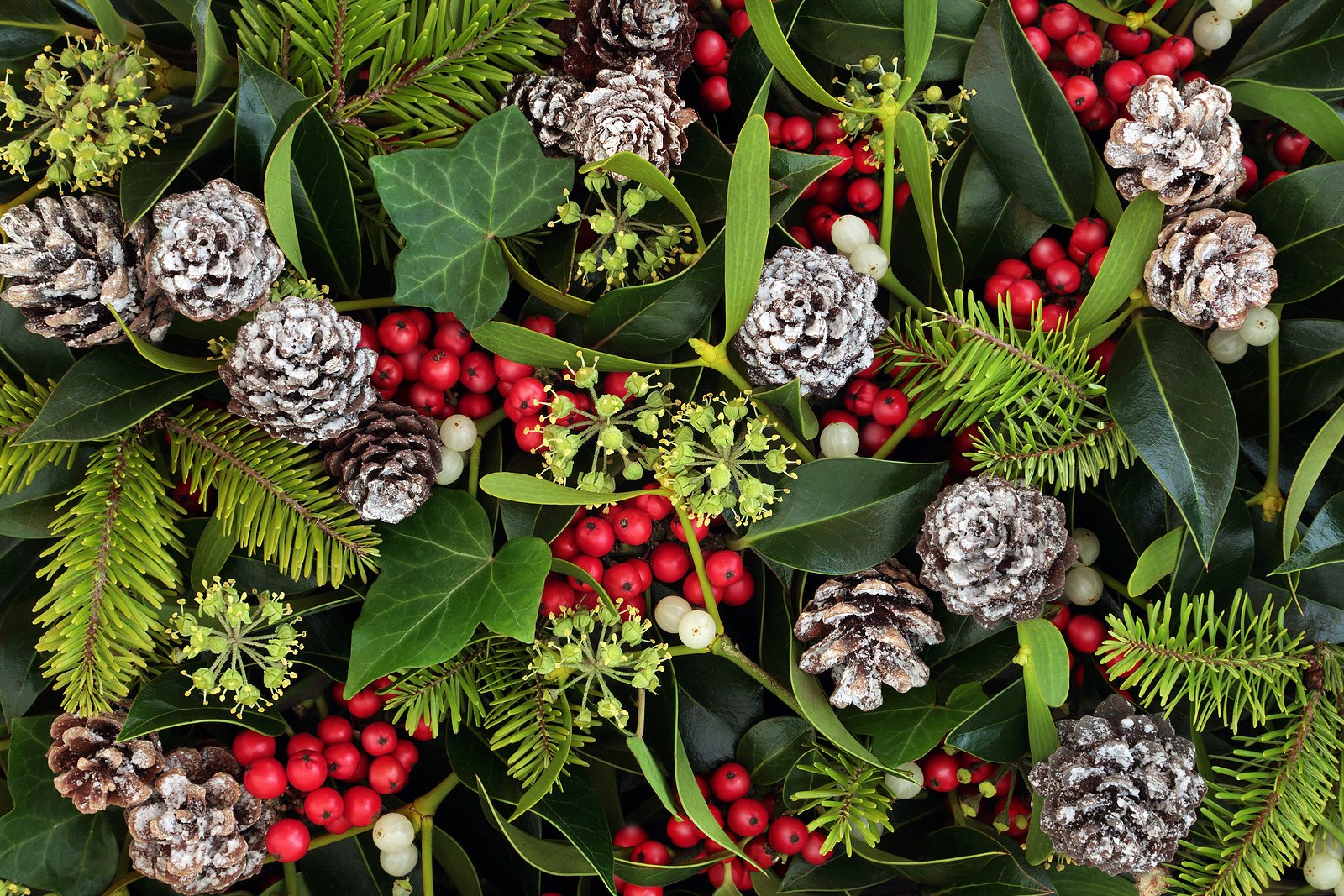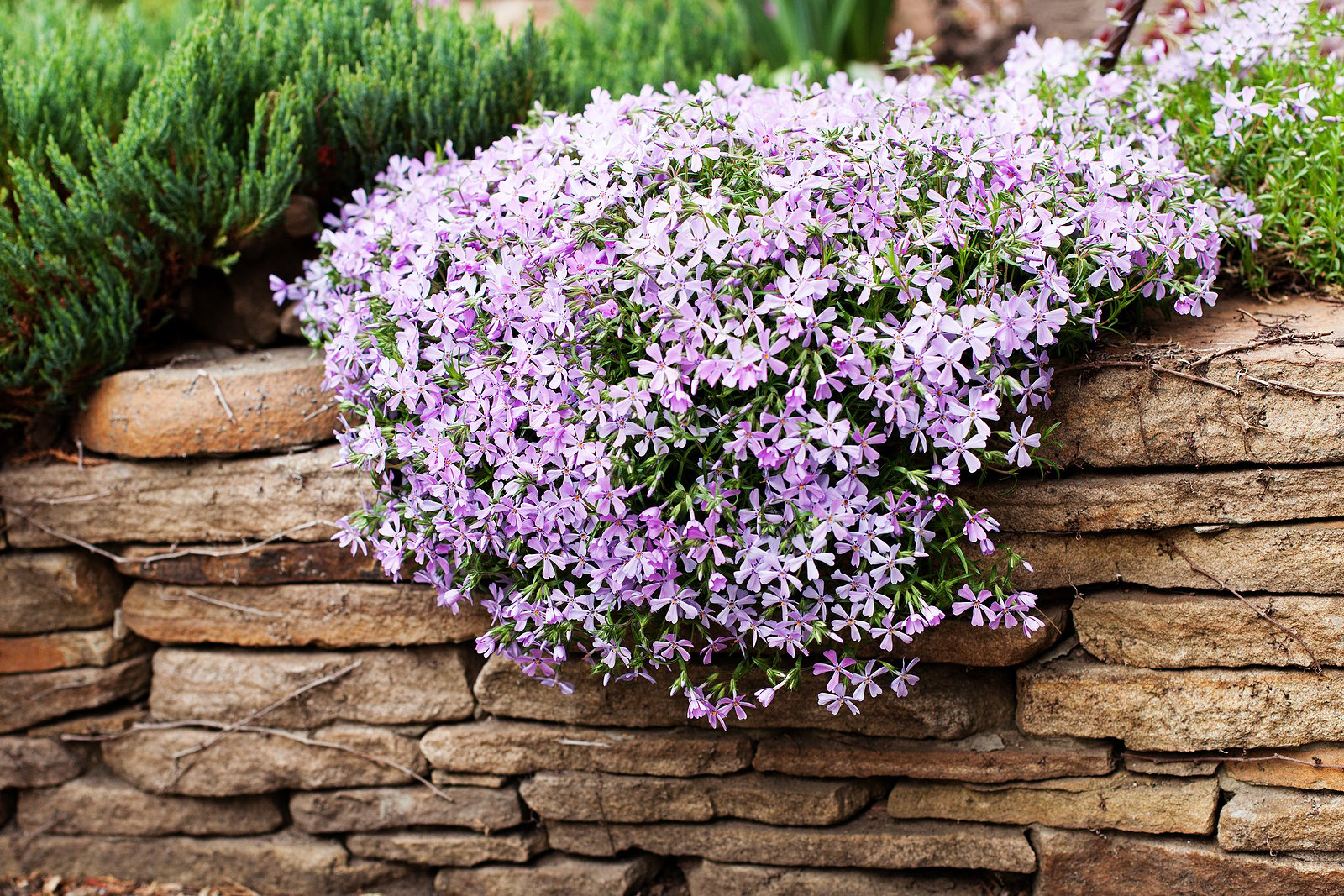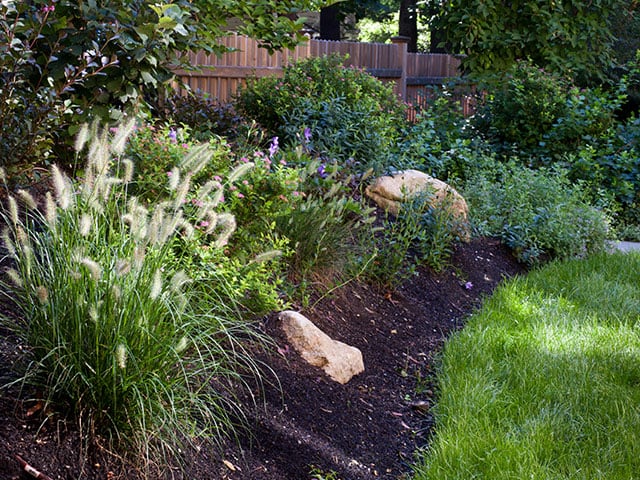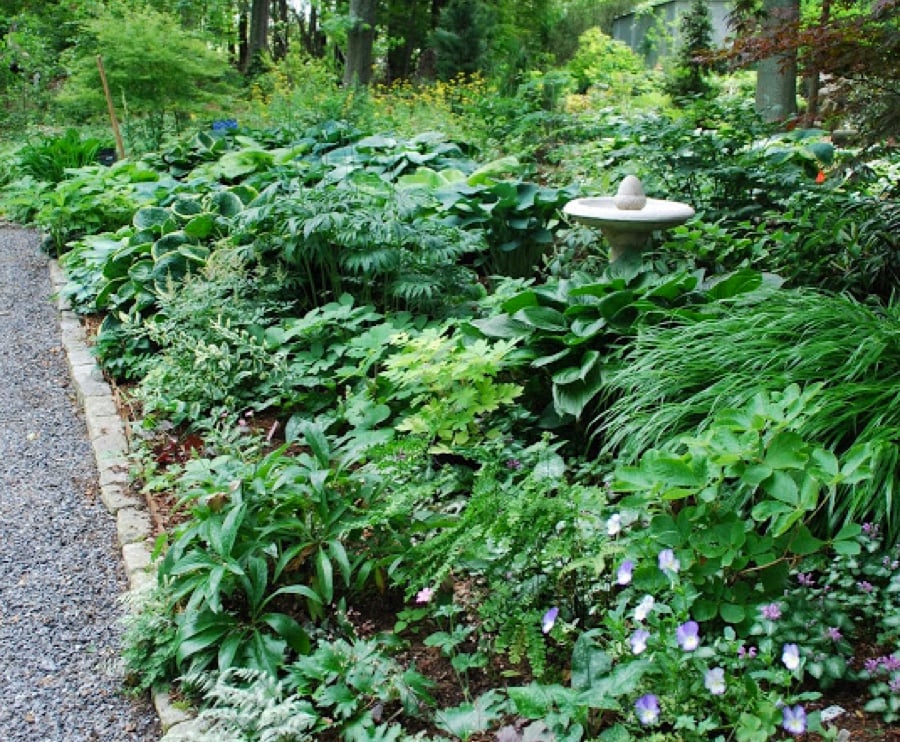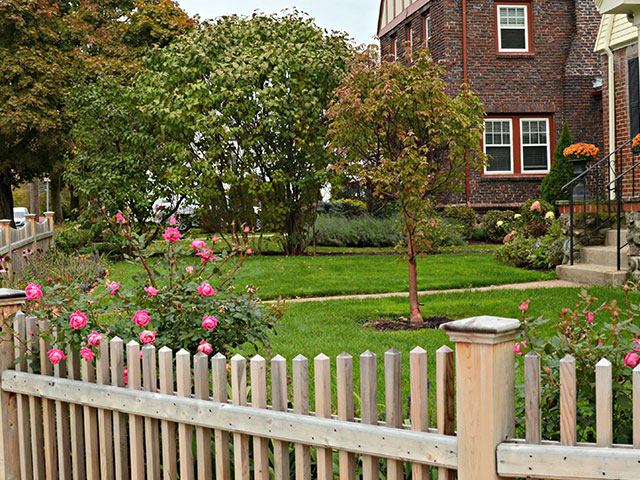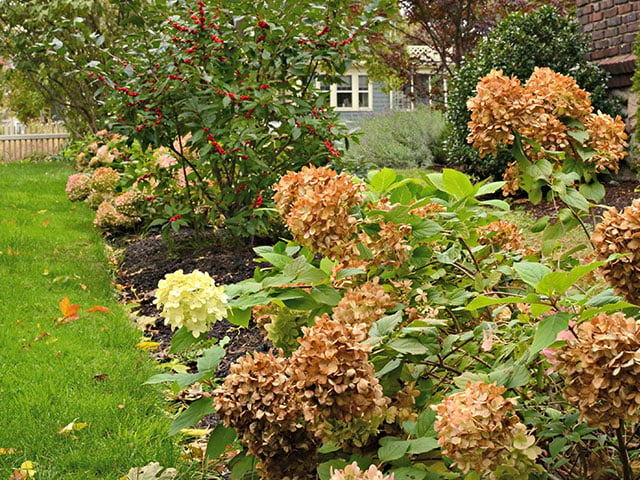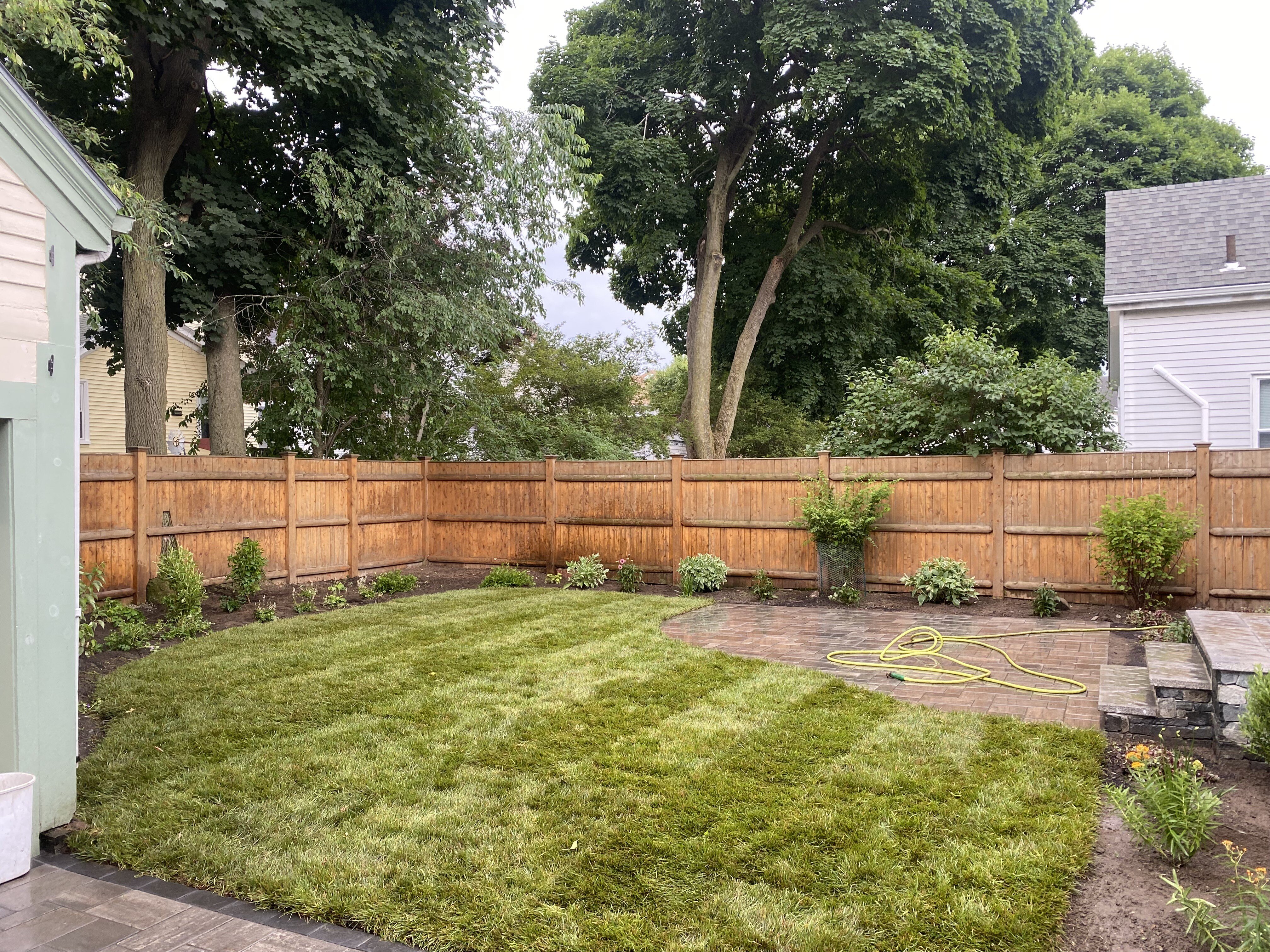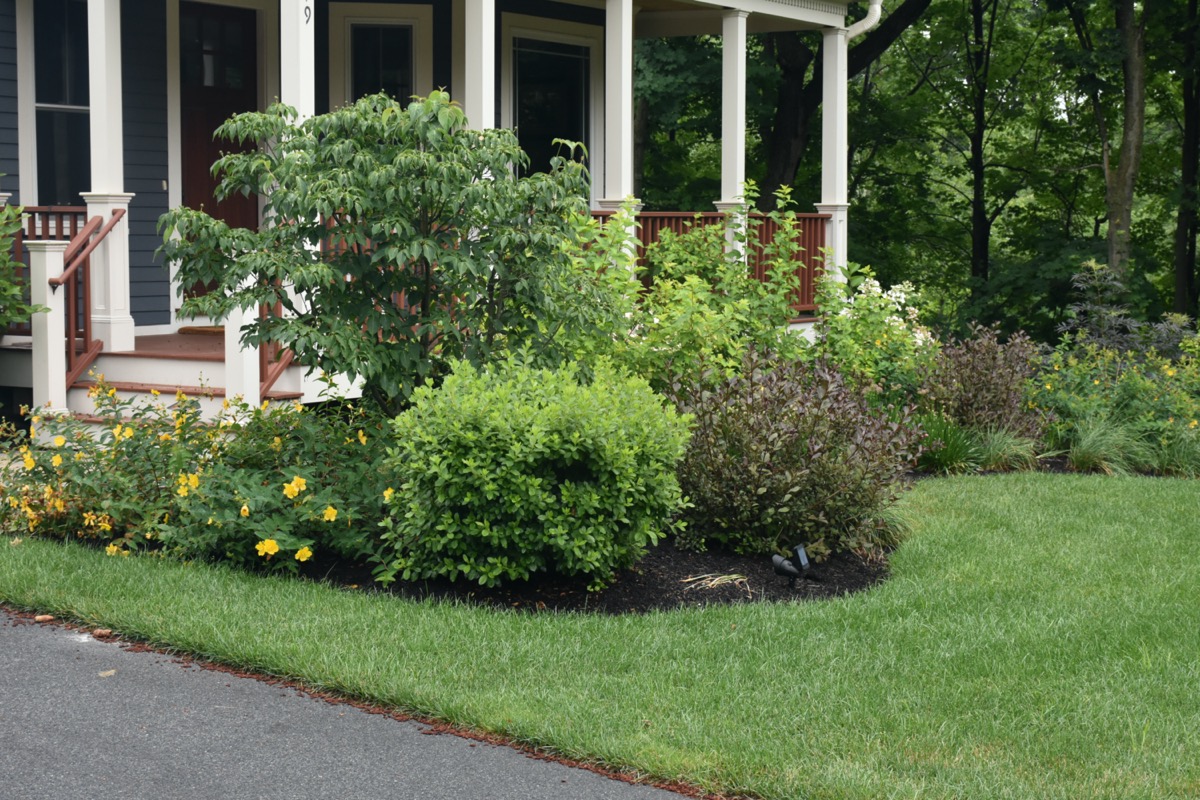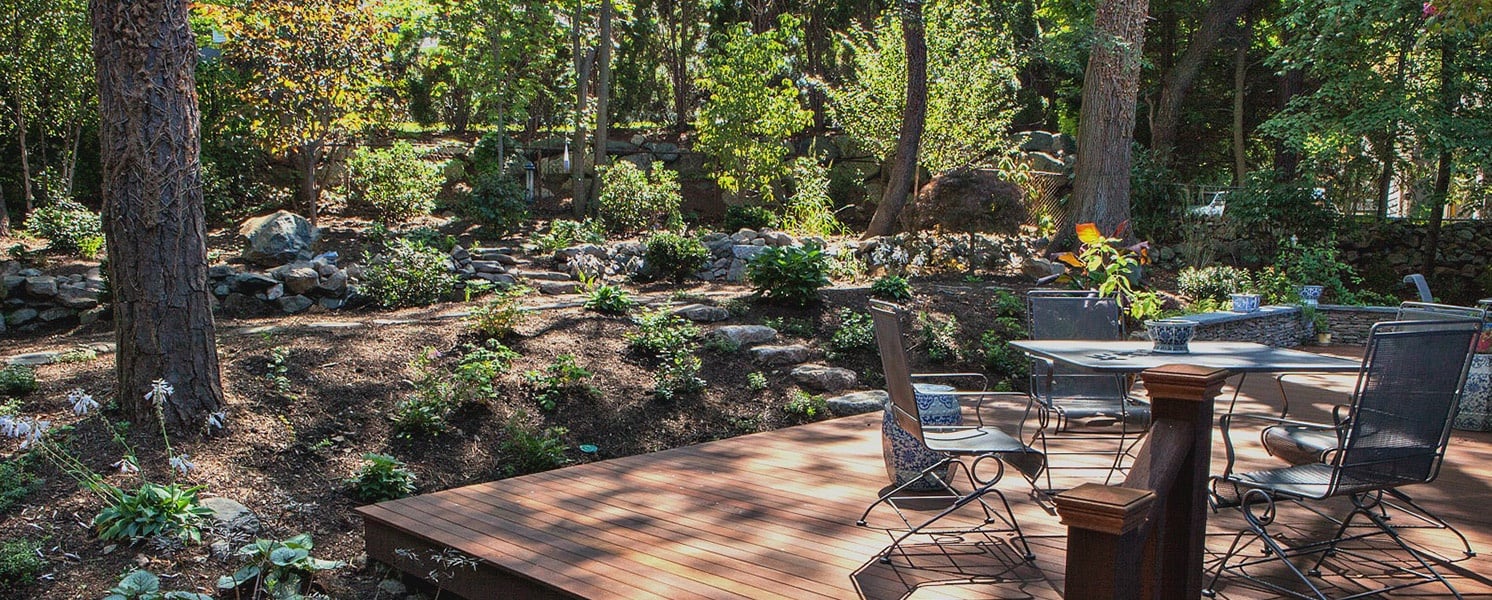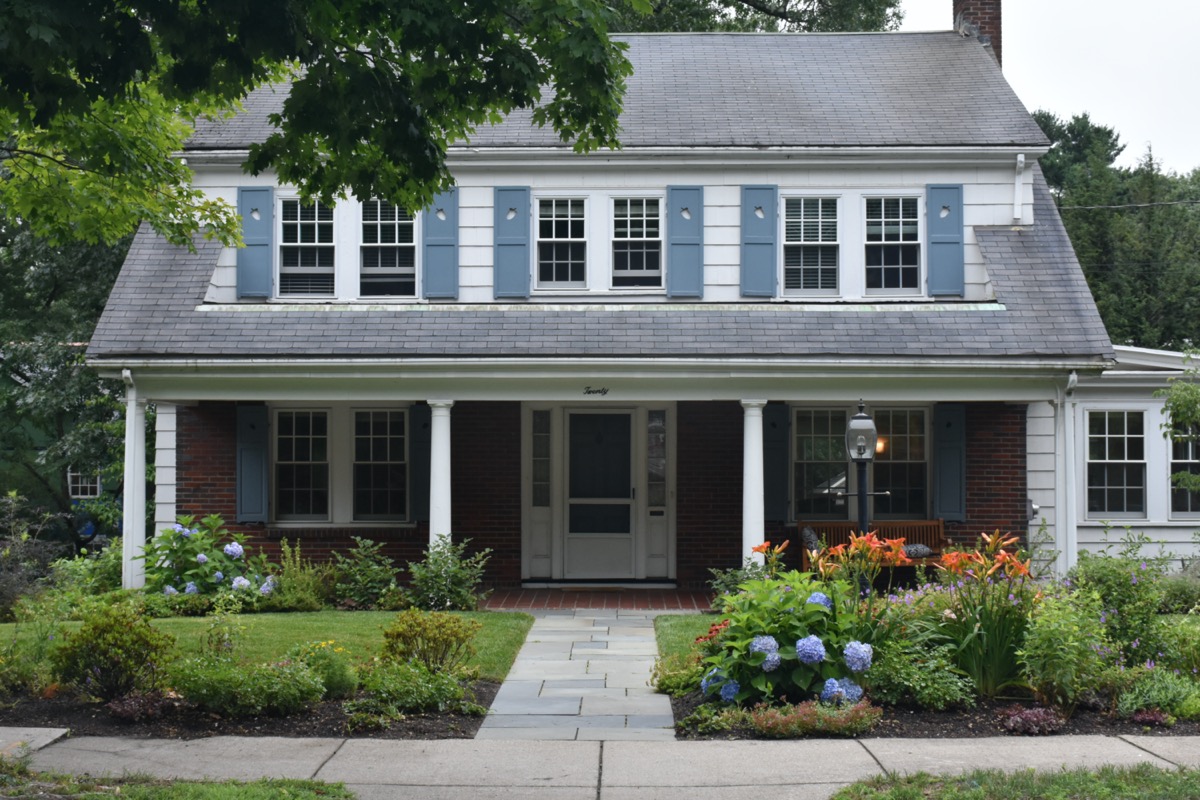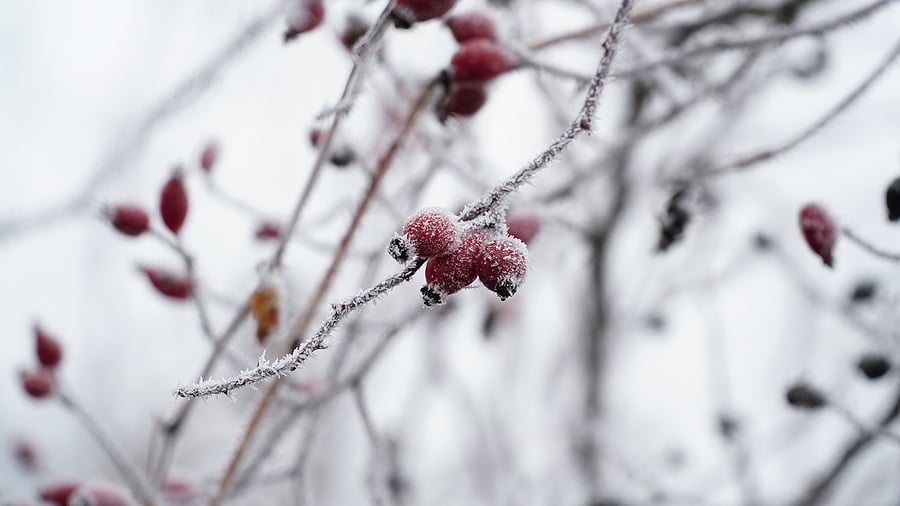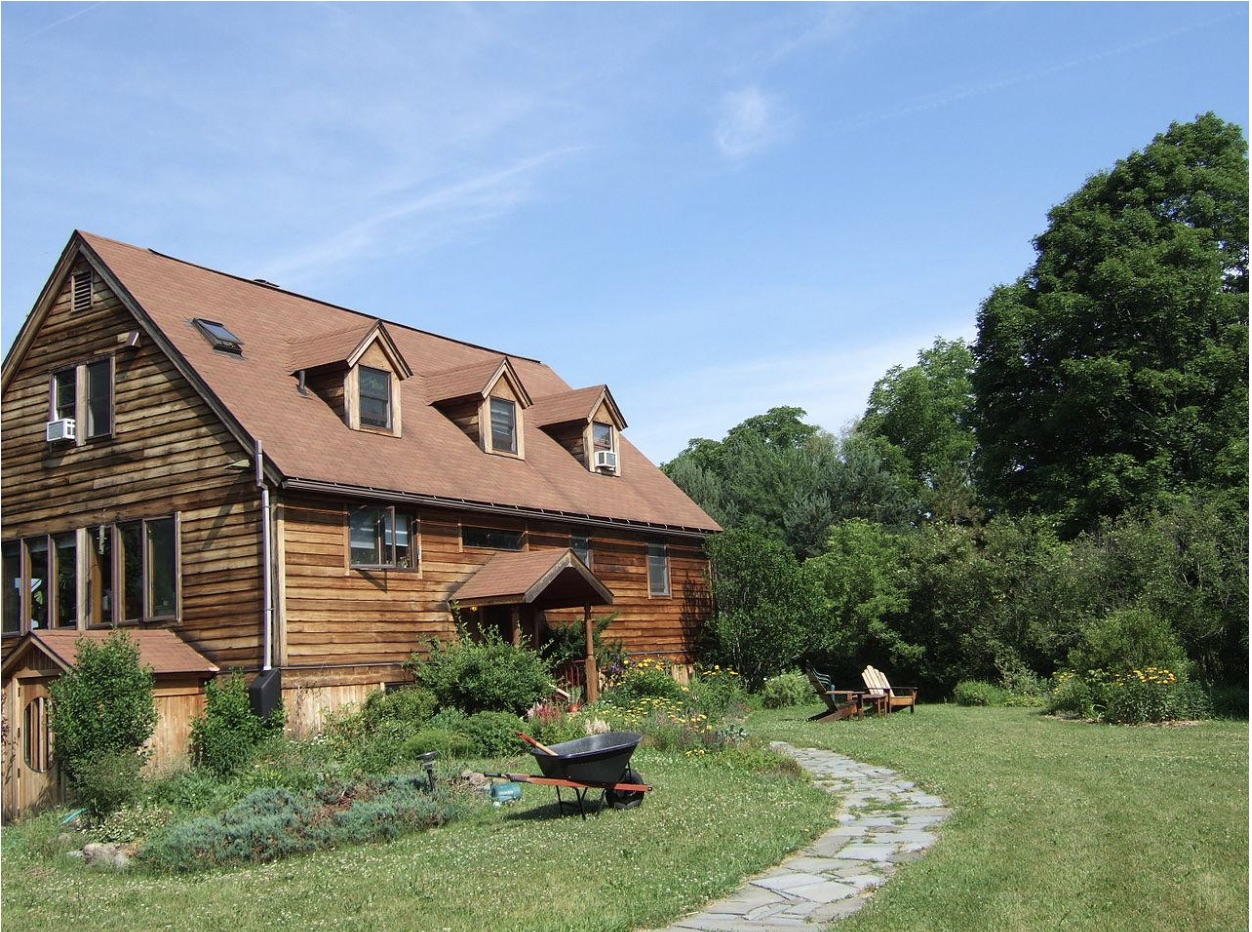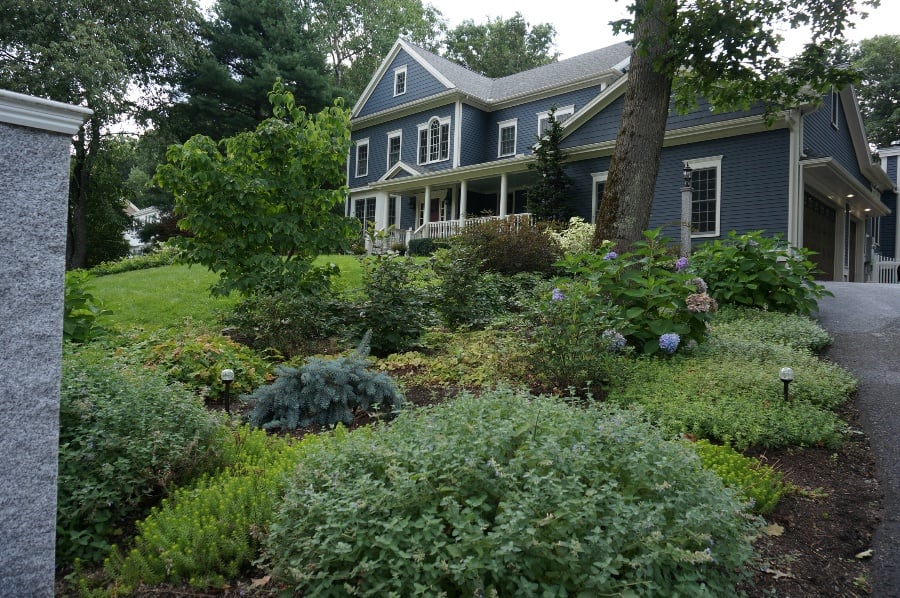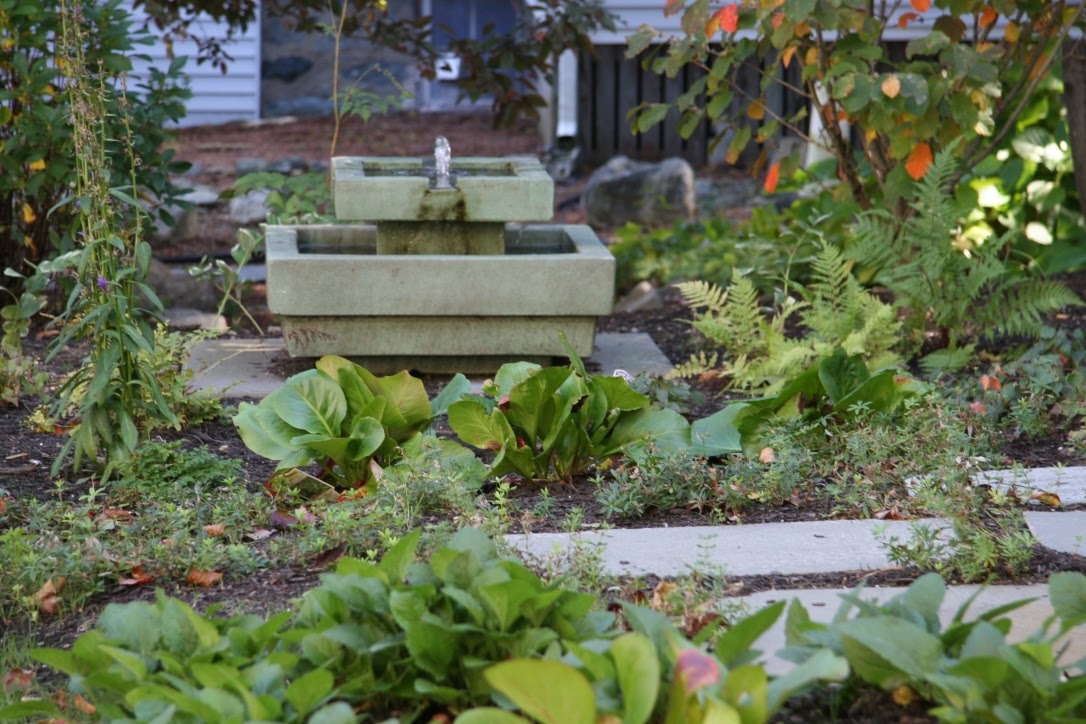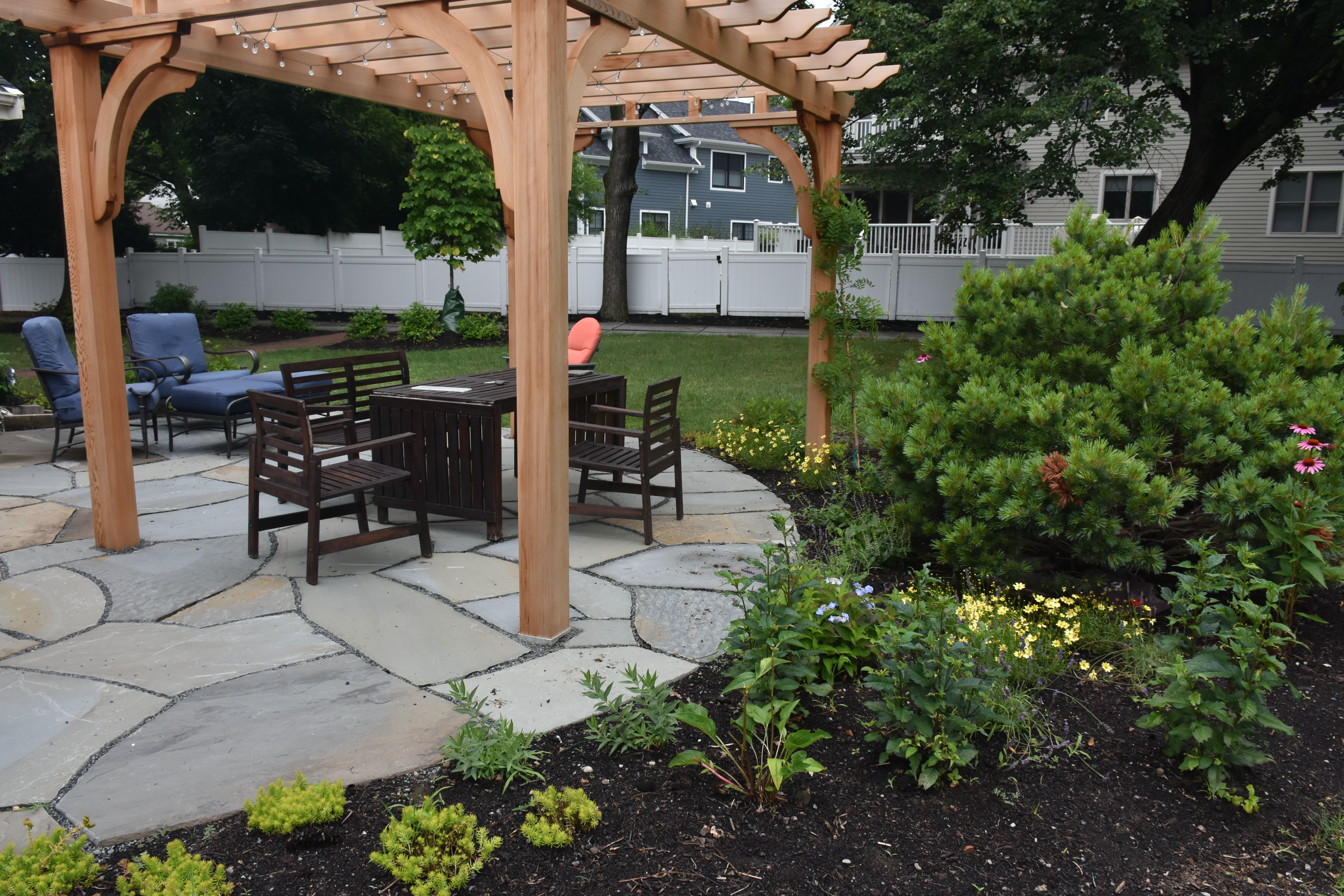If you’re a homeowner who has been discouraged about gardening because your property is partially or even totally shaded, take heart. Gardening in shady areas is not only possible, it also can be very rewarding – if you understand the various ways shade’s disadvantages can be overcome.
Of course, shade gardening can be challenging. Growing plants successfully among aggressive tree roots and matching the right plants with variable light conditions can take a little more effort, but it will be well worth it. The rewards include creating unique plant settings and textures that constantly evolve with the changing light and bringing color and interest to a part of your property that otherwise would be dull and monotone. In fact, shady spots in your yard, such as under a tree or beside a building, can be every bit as beautiful as brighter areas of your landscape. The key is choosing plants that thrive in low-light conditions.
All plants have different growing requirements, including, but not limited to: soil type, drainage and of course, light conditions. Depending on your growing zone, the plants that thrive best in shaded gardens vary. Here in Eastern Massachusetts, we grow in Zones 5 & 6, which means we can choose plants that need shade according to both of the zone areas. The Backyard Gardener has a great list of shade plants according to each zone.
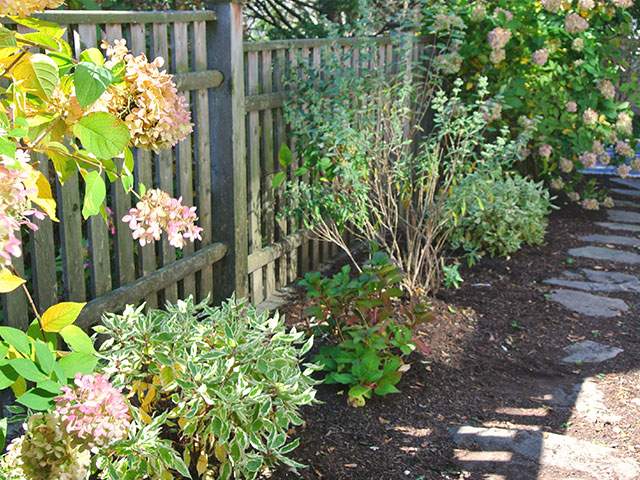
How do you define shade?
We’ve all seen the plant tags with a darkened circle or half circle, sticking out of pots of perennials and annuals. It’s a quick reference indicating that that plant needs shade or half shade, respectively. So, what constitutes shade?
There are four categories of shade, determined by the amount of time without direct sun plus the density of the shade. They are light shade, partial shade, full shade and dense shade.
- Light shade is where trees account for 25 percent of the canopy and the plants receive 5 to 10 hours of sun. In the home landscape this is generally just under the drip line of trees (the outermost extension of the canopy).
- Partial shade occurs when the canopy is 50 percent, the plants receive less than 5 hours of sun and are shaded for at least half a day. Typically this occurs in a yard with trees and where a structure shades the garden for part of the day.
- Full shade means the garden receives less than one hour of direct sun, although filtered light may be present occasionally. This could be under a dense deciduous tree, close to the trunk.
- Dense shade occurs where the sun doesn’t reach the ground, such as in a coniferous forest or in a yard where the sun is blocked out by structures such as walls and overhangs.
Once you’ve determined the level of shade your garden experiences you can begin the selection process to ensure you have plants that will not only survive, but thrive, in a shaded environment.
What plants work best in a shade garden?
Leaf shape and size differ on shade plants compared to full-sun plants. Shade leaves are generally broad and thin, such as those on a hosta. Shade-loving ferns have broad leaves designed to allow for less wind resistance. Broad, thin leaves have only one layer of palisade cells, which are photosynthetic and rich in chlorophyll. In contrast, full-sun leaves tend to be small and thick because they have multiple layers of palisade cells. This enables the stronger sun to reach deep into the plant without burning it. The smaller surface area loses less water but still can produce the needed energy in the same way that broad-leafed shade plants do.
The garden pictured is a mature shade garden designed and installed in Lexington, Massachusetts by our Moodscapes team several years ago.
This shade garden was designed with a variety of shade-tolerant perennials and grasses. In the photo you can see:
- a mixture of Hellebor
- variety of Japanese painted ferns and Japanese grass (Hakonechioa macra)
- numerous types of Hosta plants
- perennial Geraniums (purple blooms)
- a few Heuchera 'plum pudding' plants
Every shade garden is different, so select plants according to your available space. It’s great to use perennials for a shaded walkway because they add color and can have various bloom times throughout the year to continually lighten up the area. There are also larger plants and shrubs that can be used in a shade border.
Over the years, we have designed and installed many gardens with plants that thrive in the shade, and these are our 3 favorite shade plants:
- Diamond Tiara Plantain Lily (Hosta 'Diamond Tiara') Beautiful lily with bright green foliage, with perfect white edges.
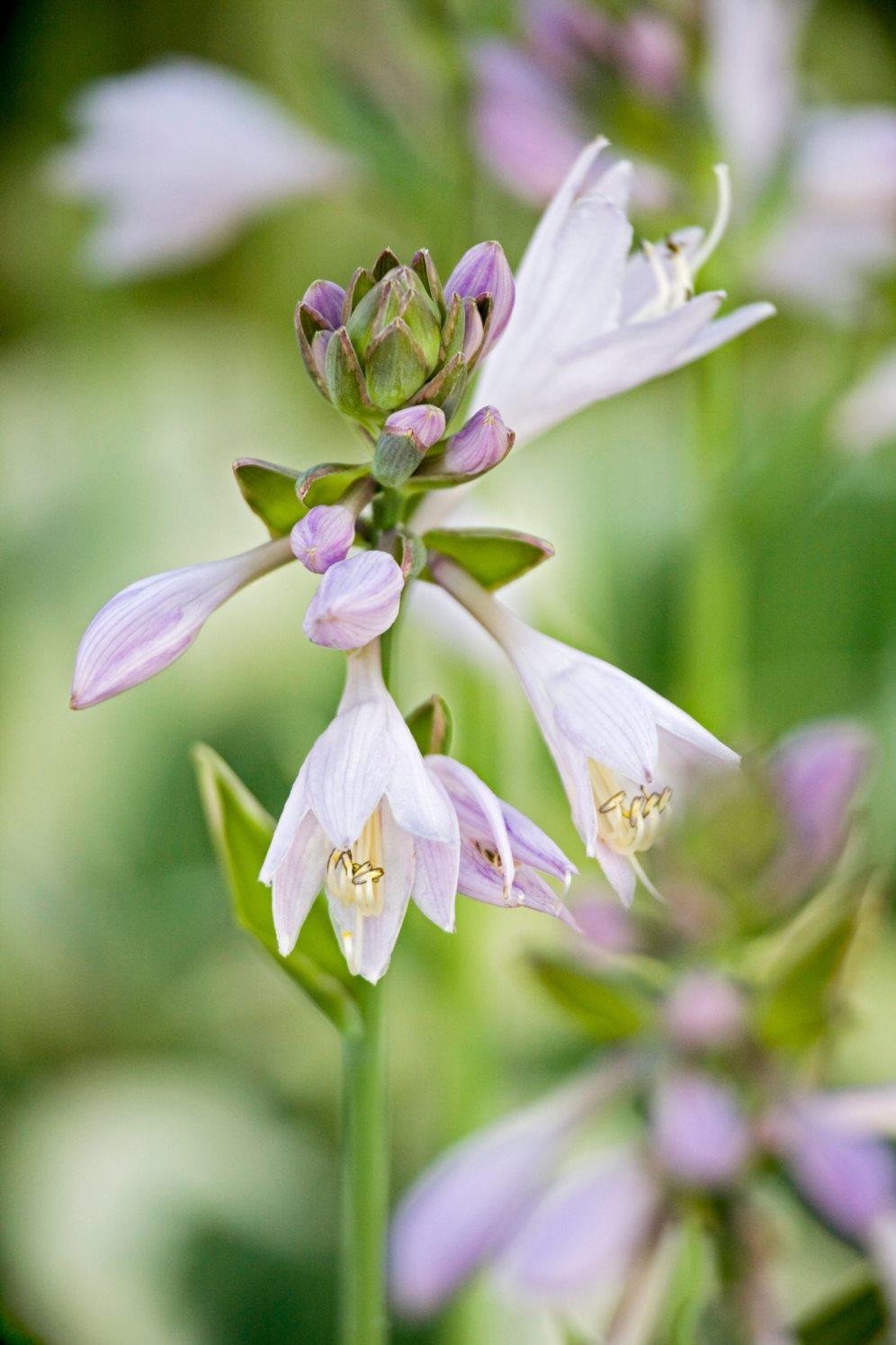
- Freckles Mountain Laurel (Kalmia latifolia 'Freckles') Showy clusters of pink flowers with dark purple spots radiating from the center adding beauty to this shrub.
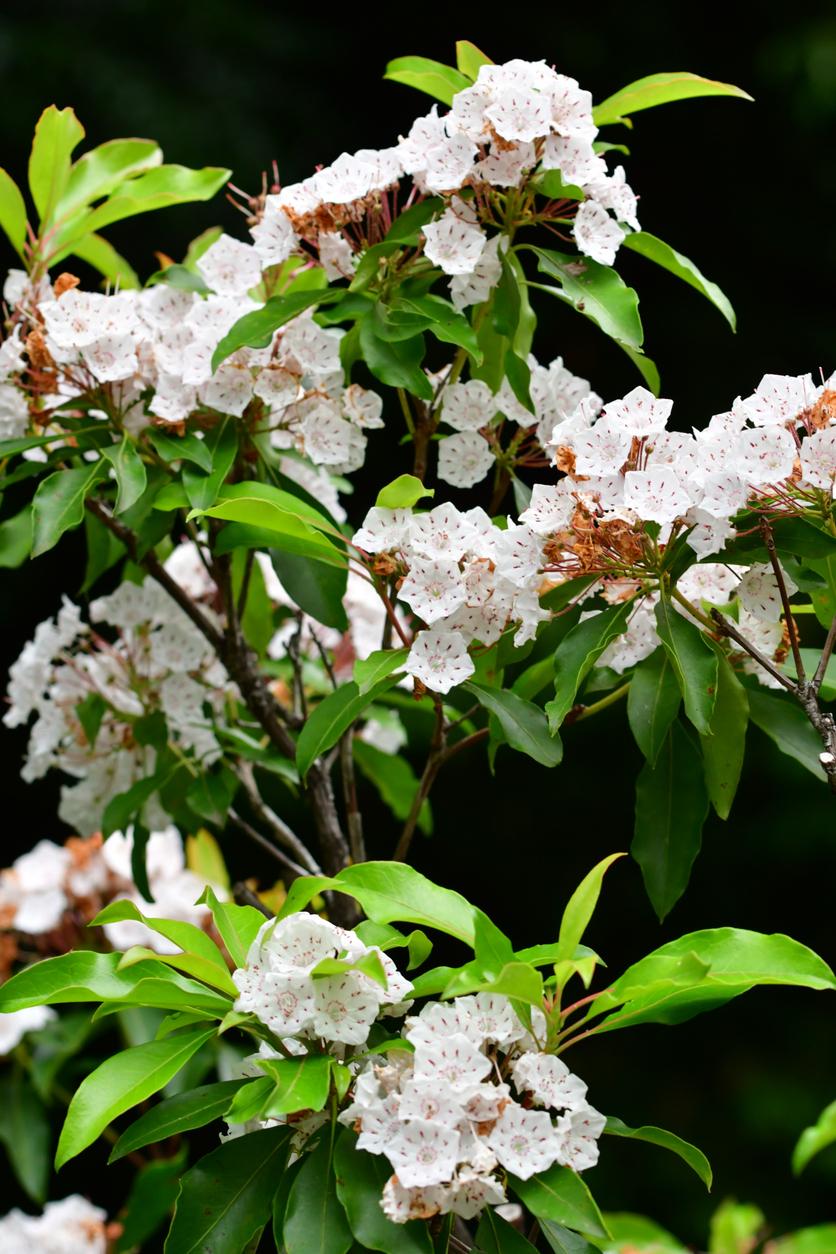
- Alice Oakleaf Hydrangea (Hydrangea quercifolia 'Alice') Pink and blue flowers rebloom continuously, spring through fall.
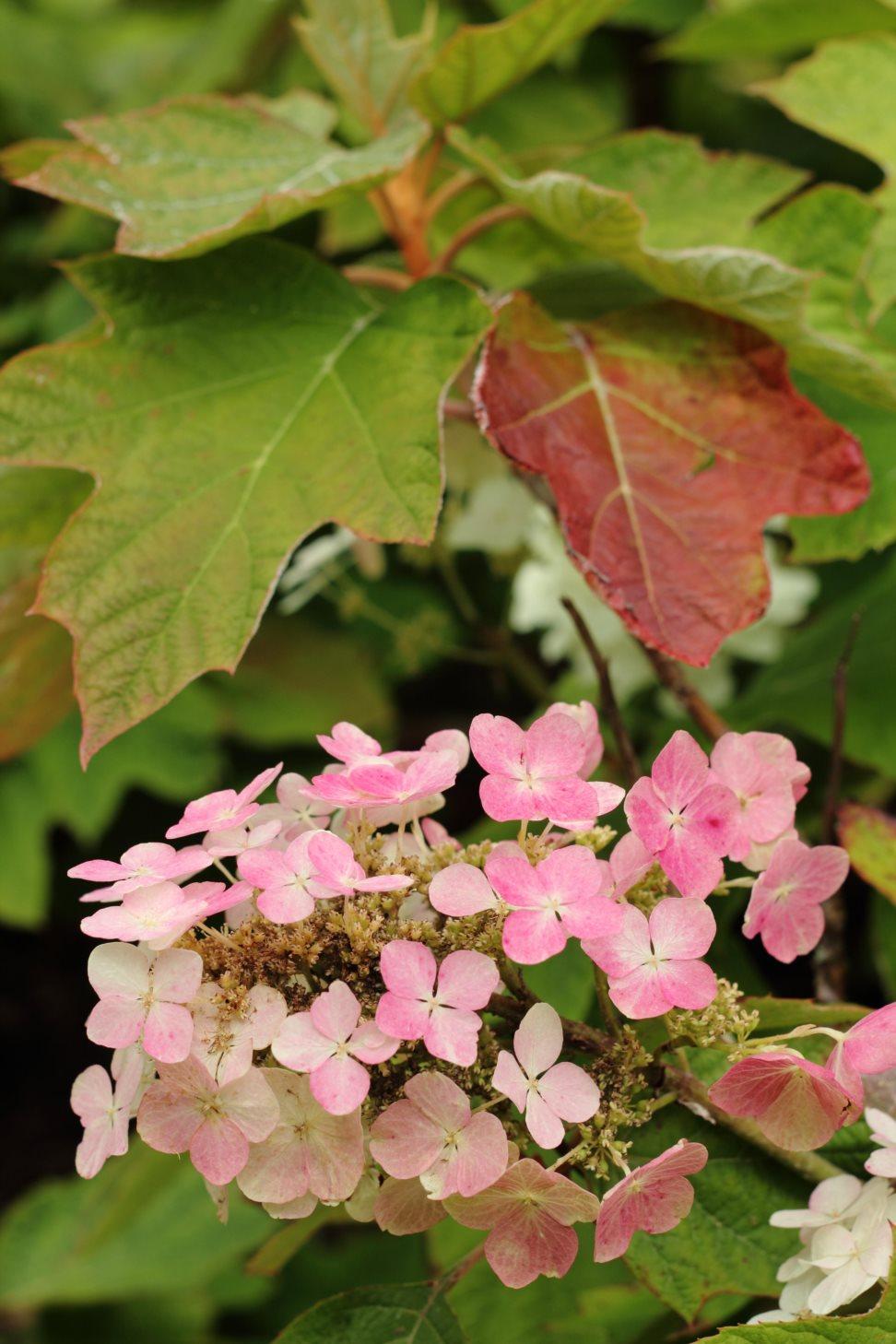
Some other shade garden factors to consider
A garden is more than just plants. There’s the soil they grow in, the moisture they need, and the changes in the amount of sun they receive throughout the year. Let’s take a closer look at each of these.
Soil composition.
In general, shade gardening requires richer soil so that plants can receive all the nutrients they need. Perhaps the most shaded growing environment is a forest, so consider a shady forest floor. It has a layer of duff -- inches of accumulated leaves, pine needles, and other detritus to feed the lower story plants as well as the trees, which may mean adding compost, mulch, and other organic materials to beef up your soil composition. Similarly, a successful shade garden will have rich, quick-draining soil much like an upland forest, with each shade plant having its own specific soil preferences, so research each plant you’re considering and amend your garden soil accordingly for each plant or grouping.
Water conditions.
Some plants that have adapted to shady conditions have shallow roots, which enable them to absorb nutrients from the surface leaf litter. These plants also suck up surface water before it trickles down to the deep taproots of canopy plants. Overall, shade plants generally need less water than their full-sun counterparts. However, be aware there are some shade species that prefer dry soil, while others like it wet so, again, know what your plant choices like.
Seasonal shade and shelter.
Some trees species, such as maple and oak, are free of leaves from November through April, creating a winter sunny zone where summer shade once dominated. Pay attention to how the light changes on your property throughout the year, and plant with these patterns in mind, realizing also that when seasonal foliage is gone, the garden below is more exposed to weather in an area that is sheltered from the elements for a good part of the year.
Shade gardening make take a little more homework and careful consideration to ensure success, but the payback can be tremendous. A shade garden can be an ideal space for relaxation and contemplation – a place to enjoy nature, along with some peace and quiet. However you choose to enjoy your shade garden with whatever design you create for it, the result will be uniquely yours and a garden to enjoy for years to come.
To learn more about designing a custom landscape for your home, download our free ebook, The Mindful Homeowner's Guide to Transformative Landscape Design. If you're ready to get started on your new landscape project, or simply want to learn more about the process, you can contact our team here to schedule a free consultation. We'd love to talk to you!


